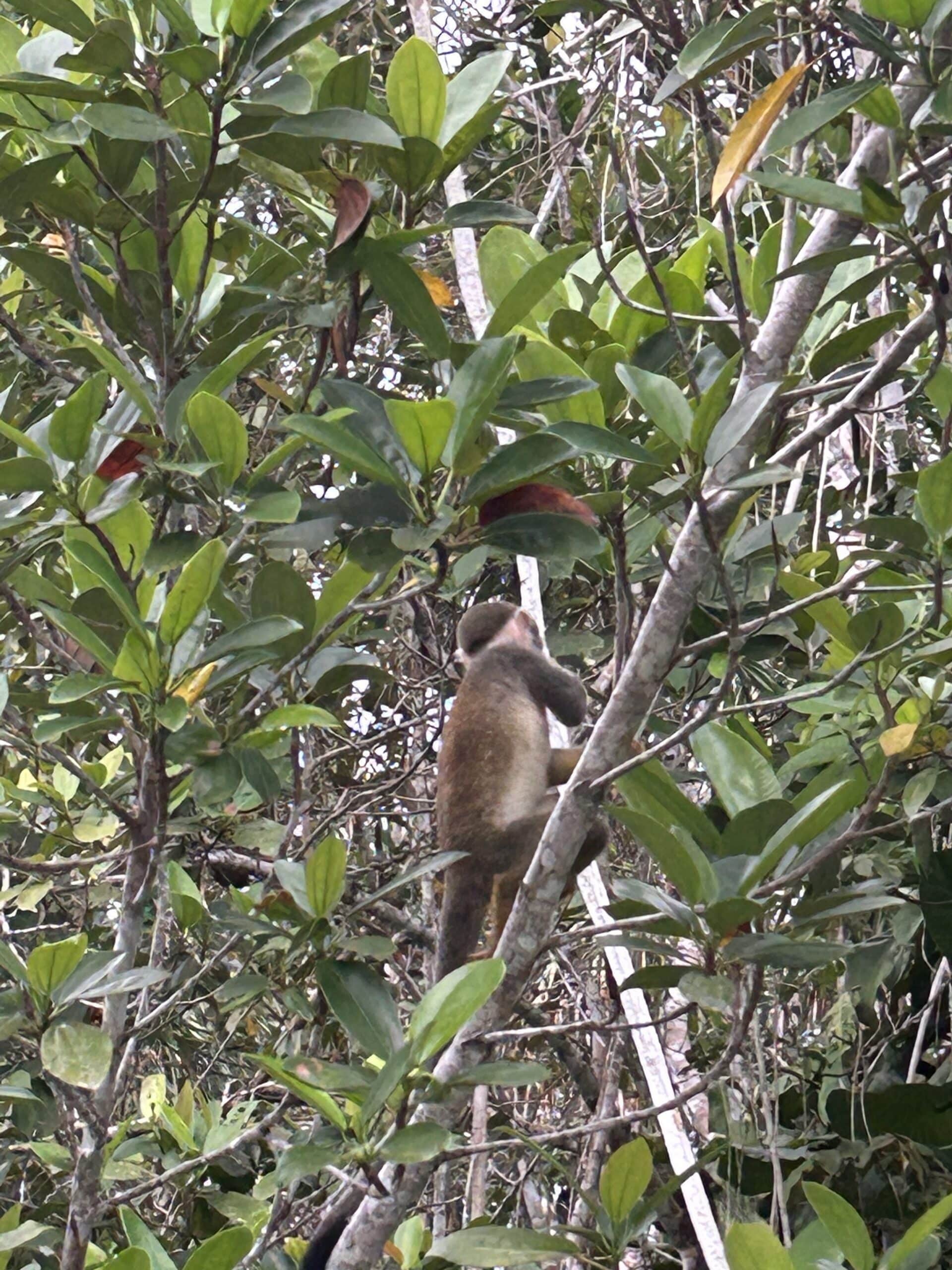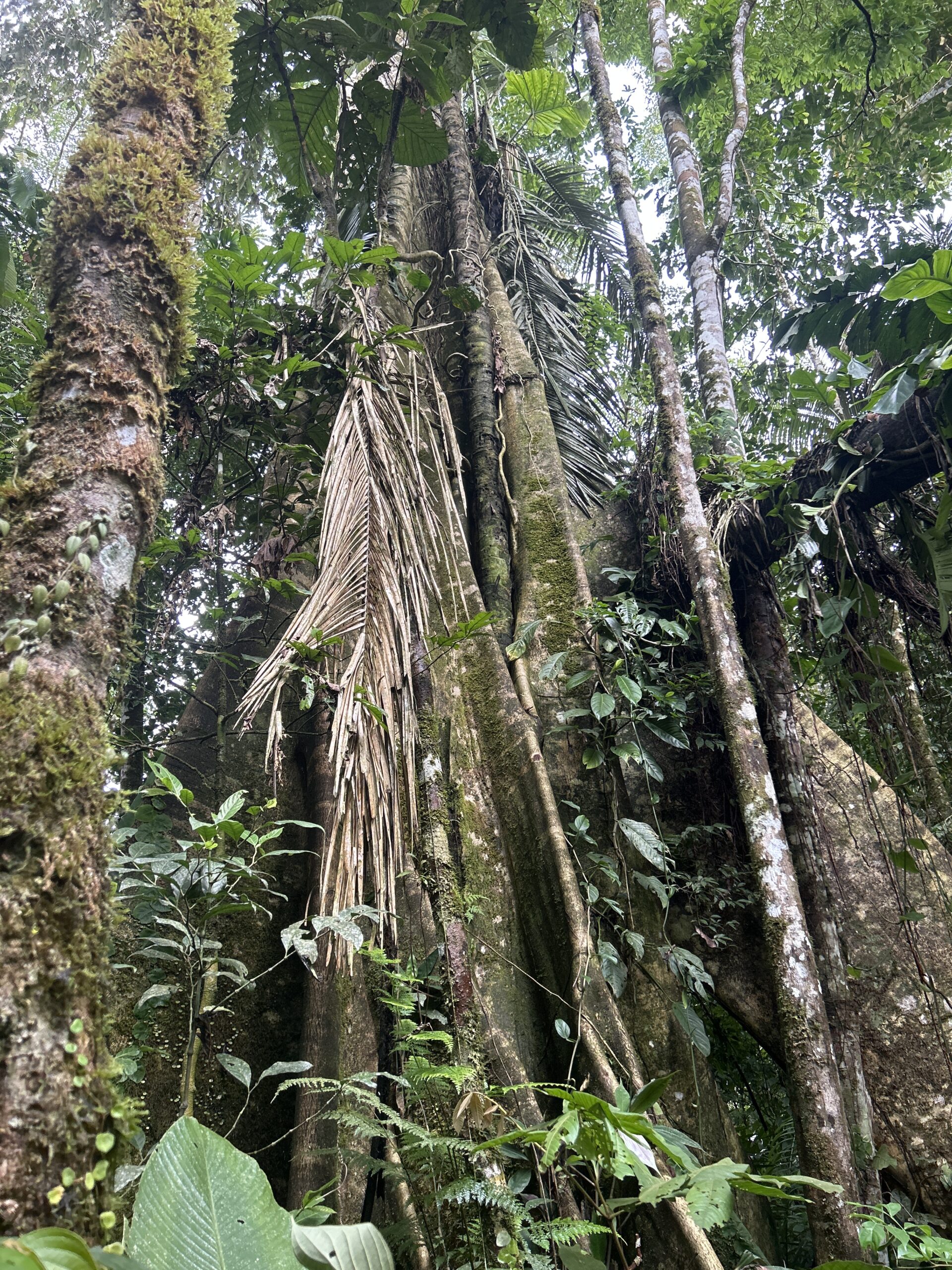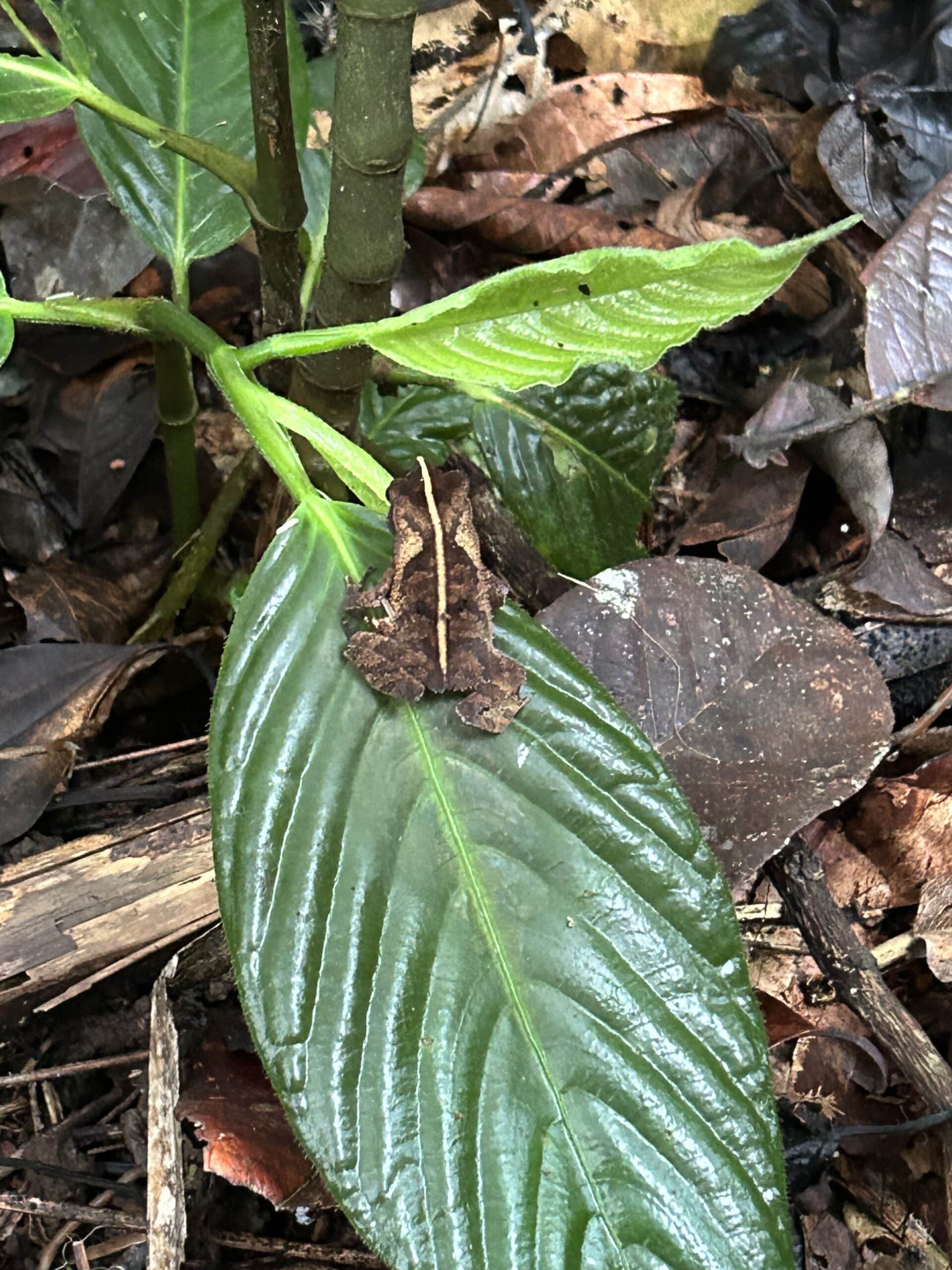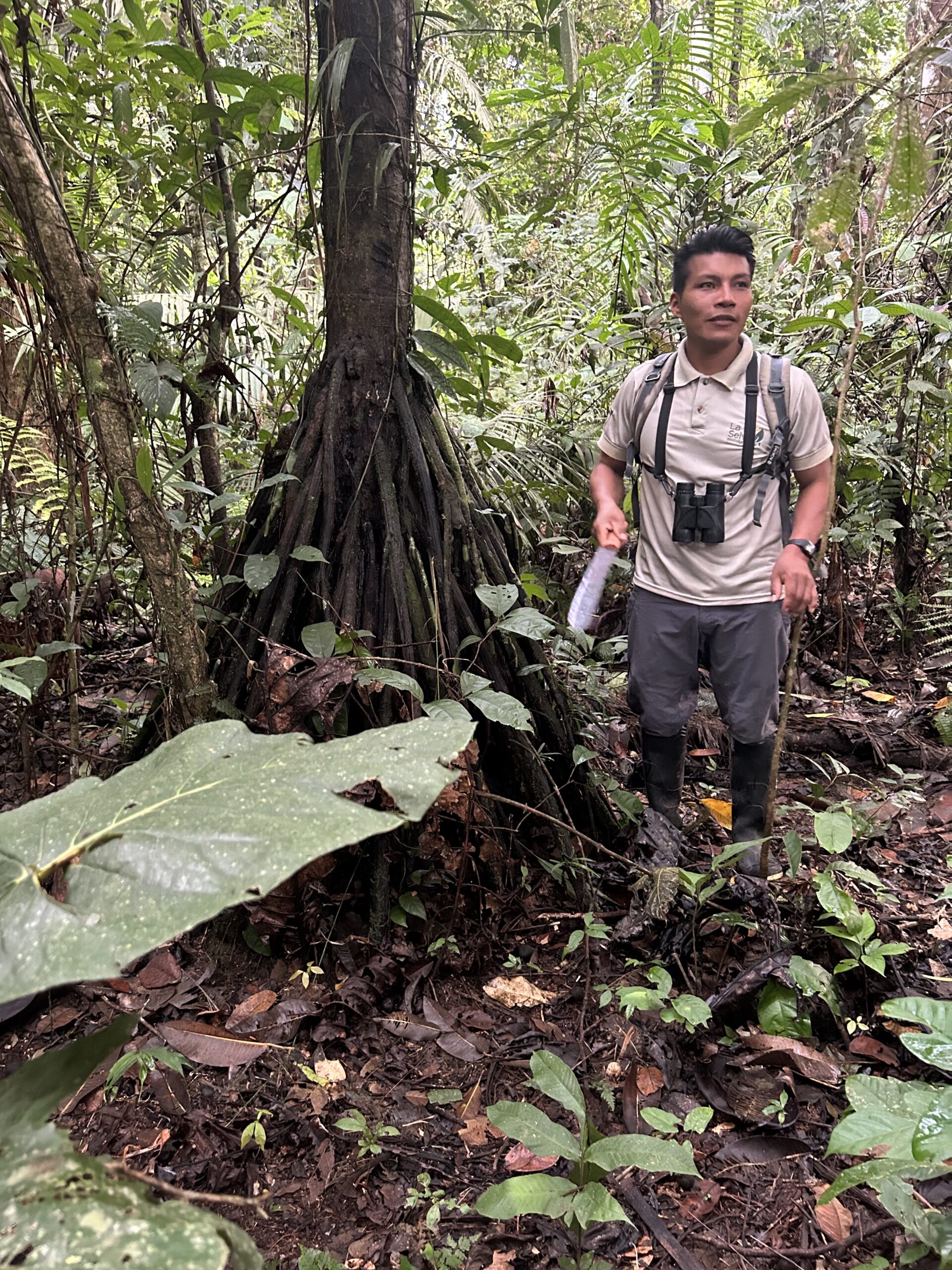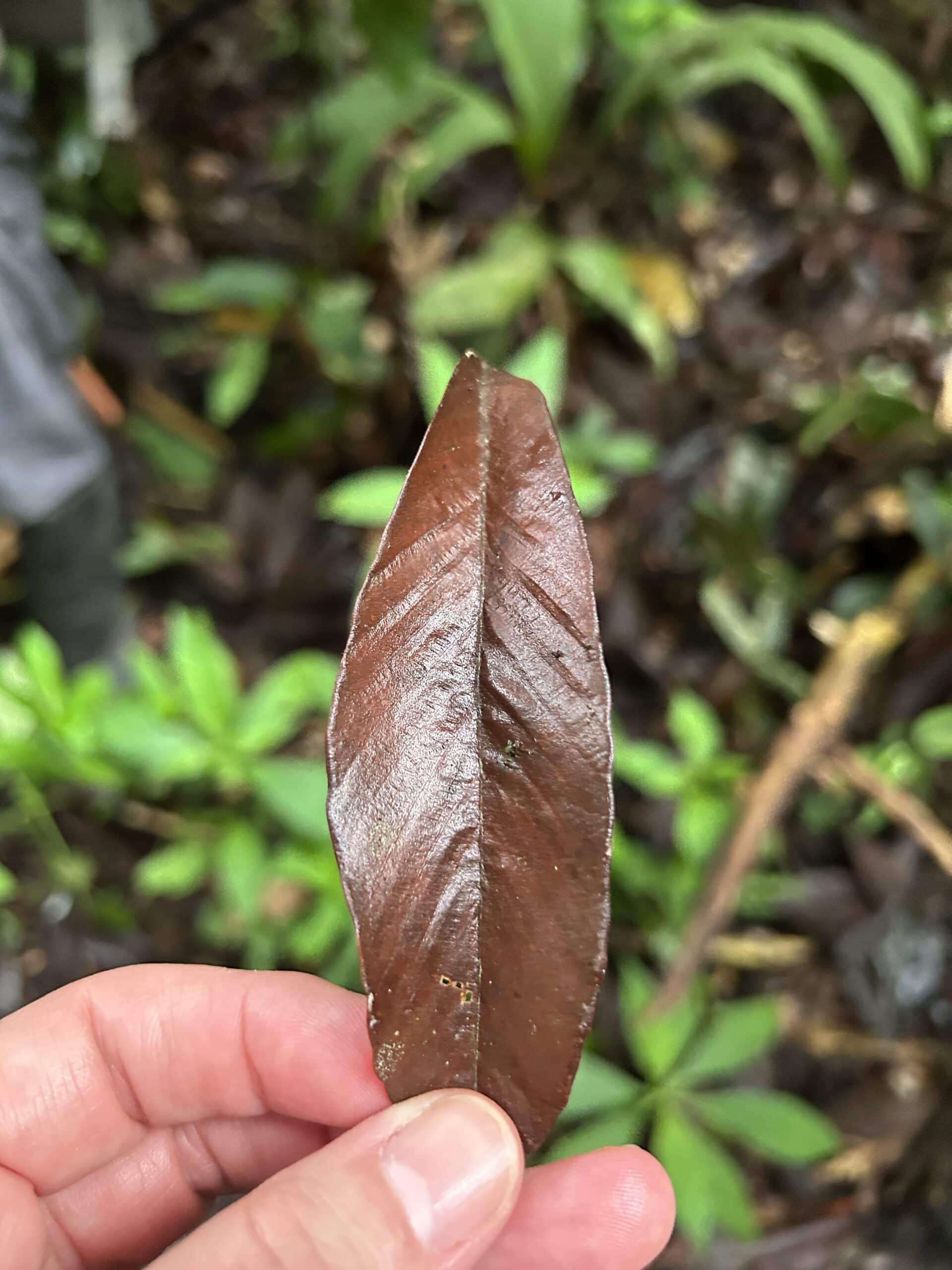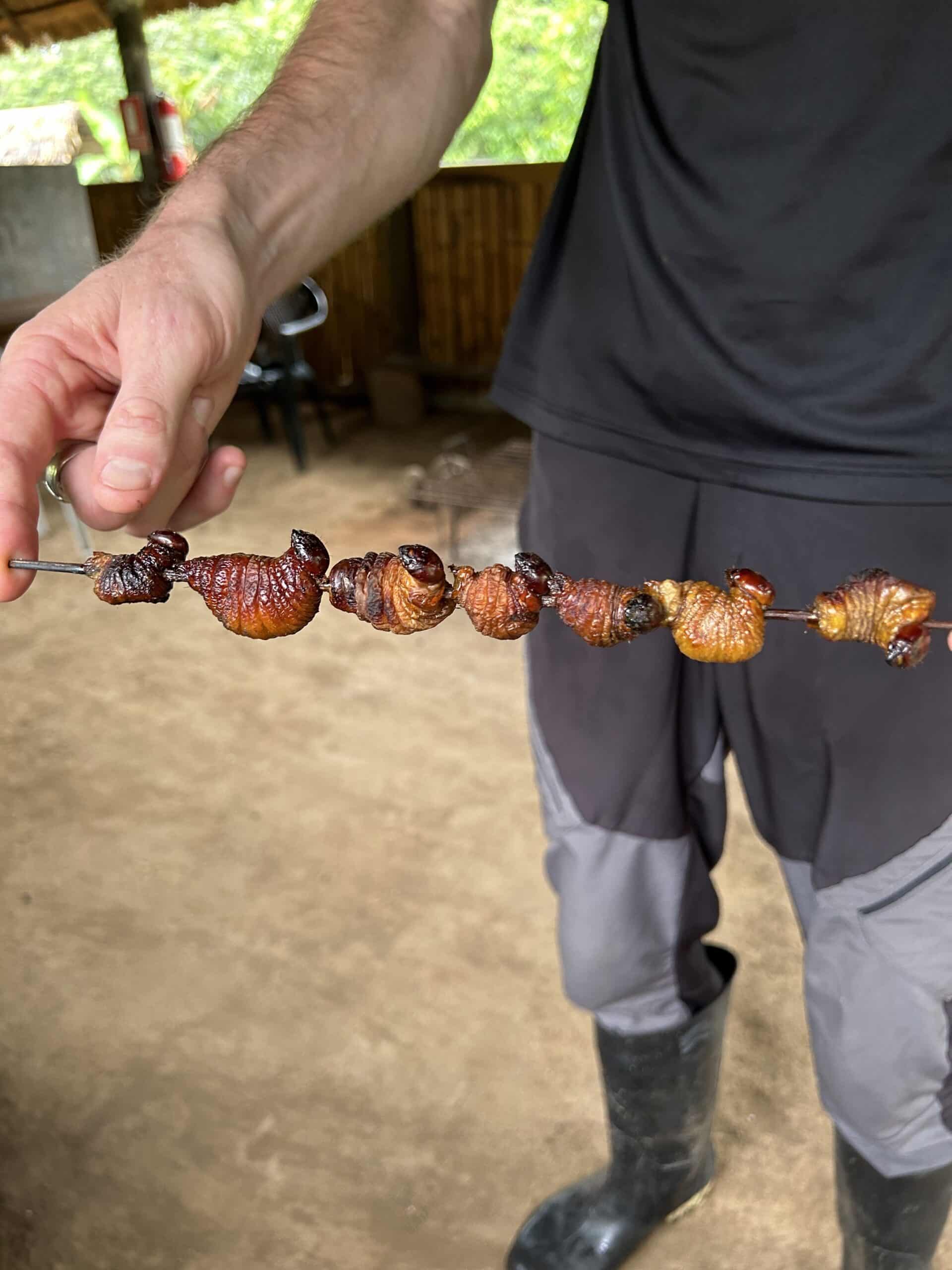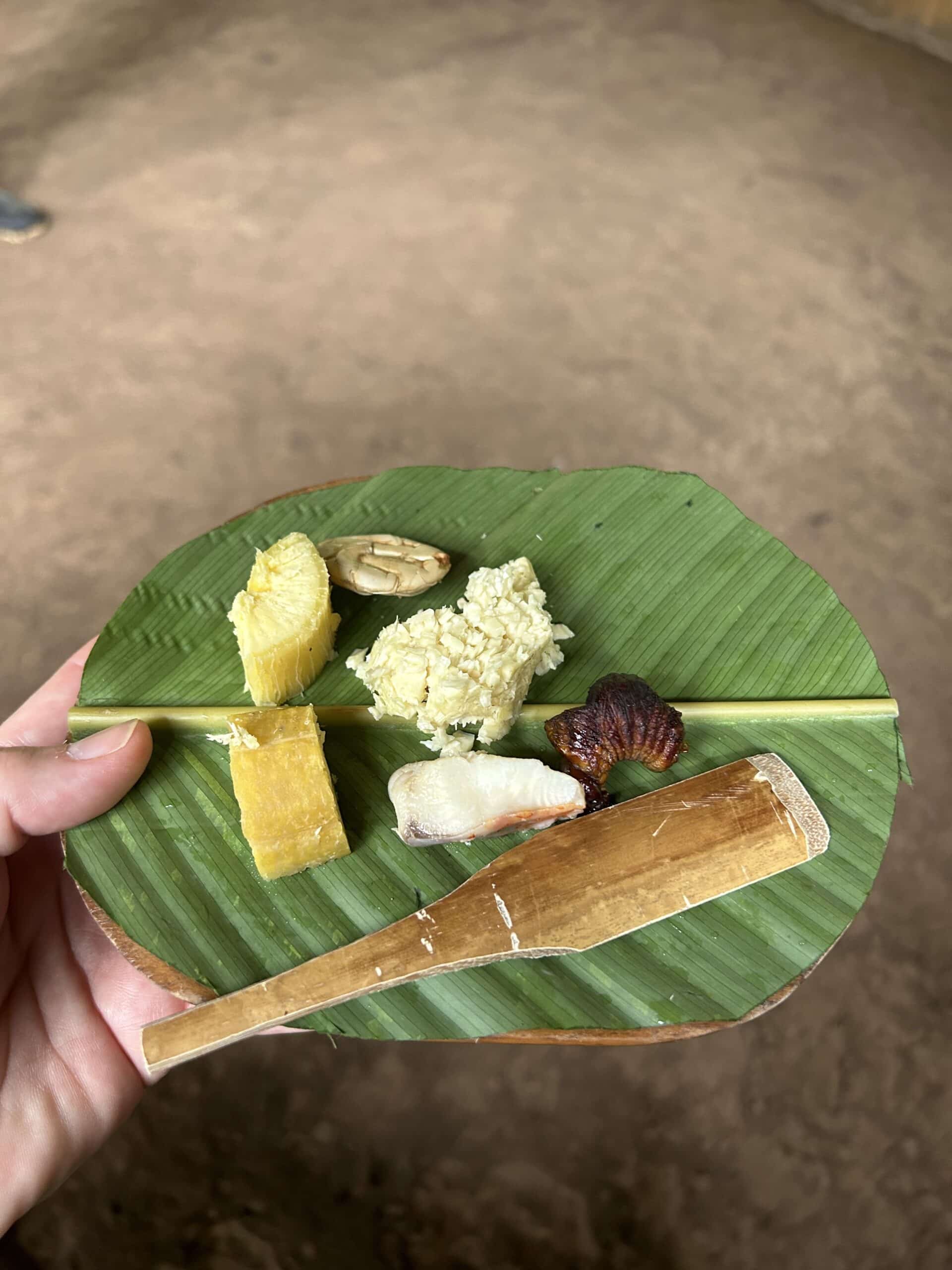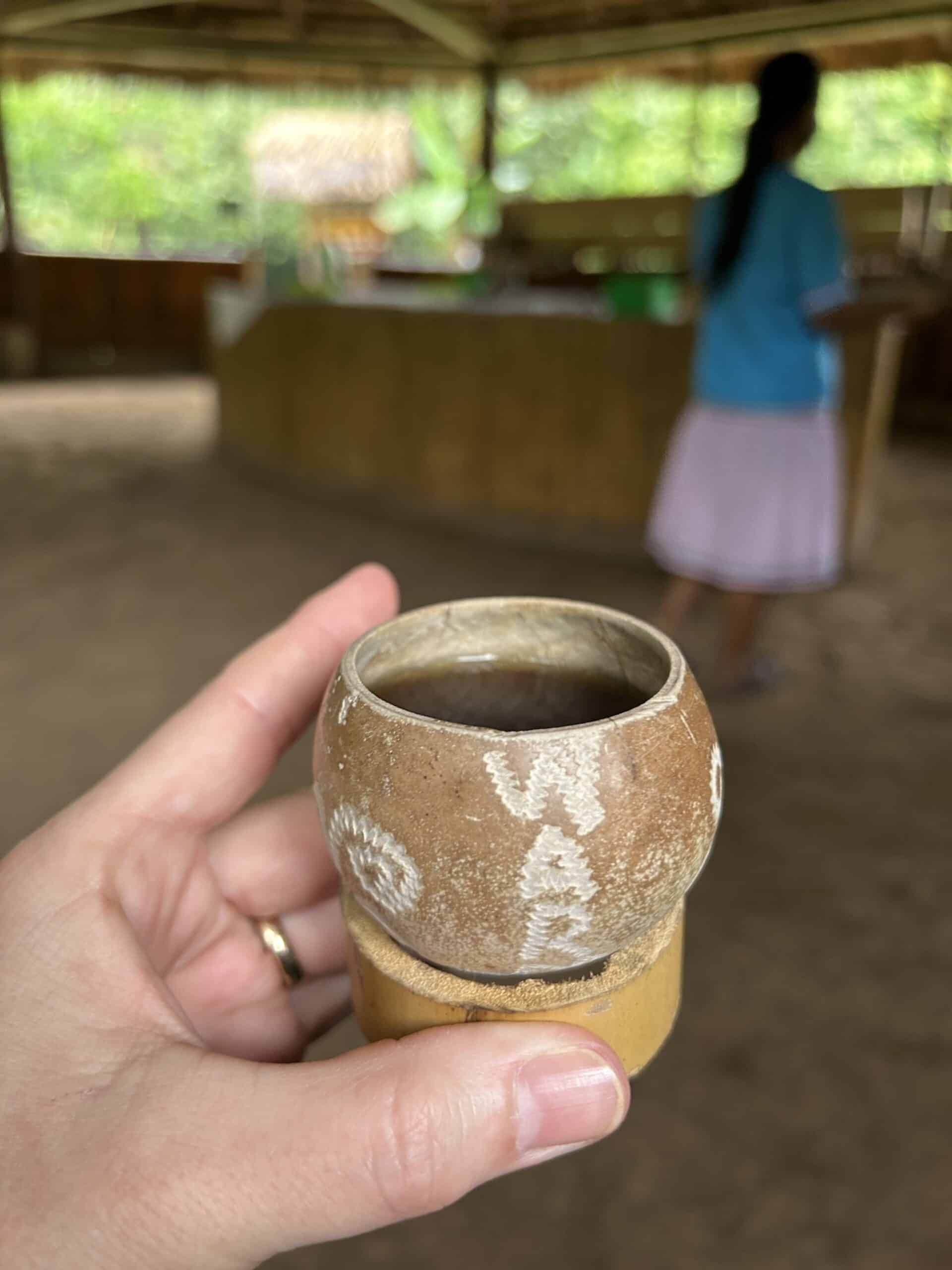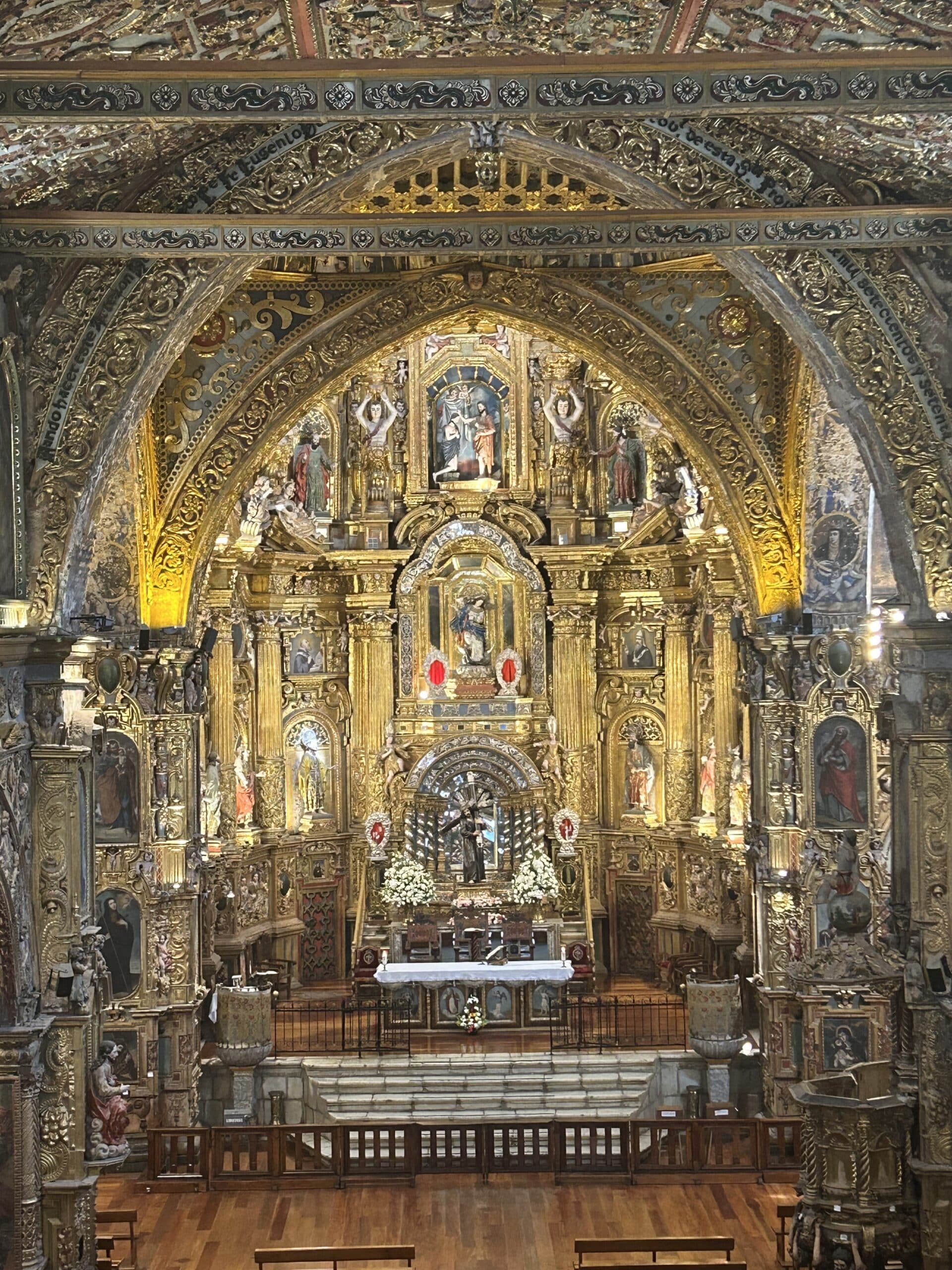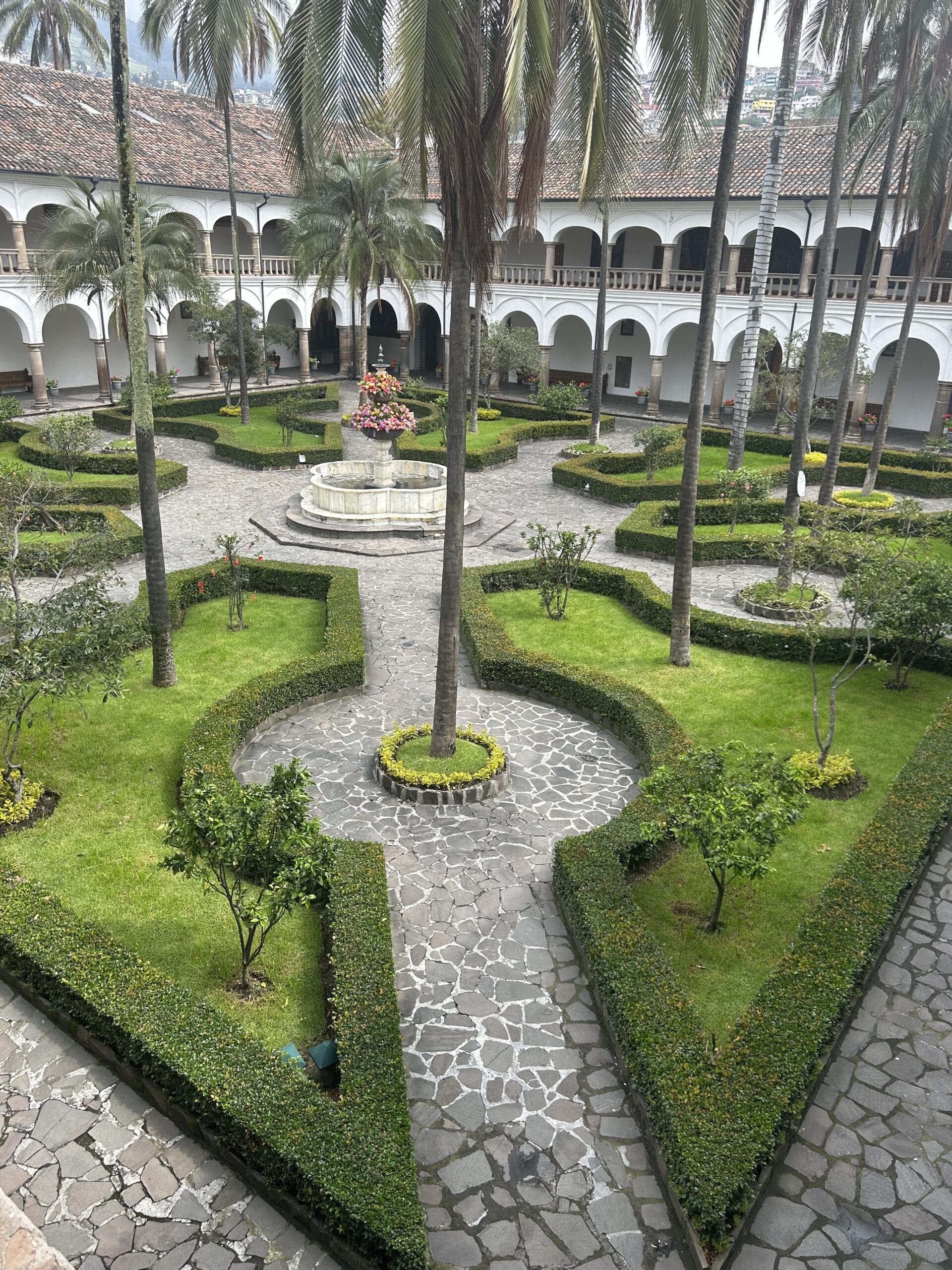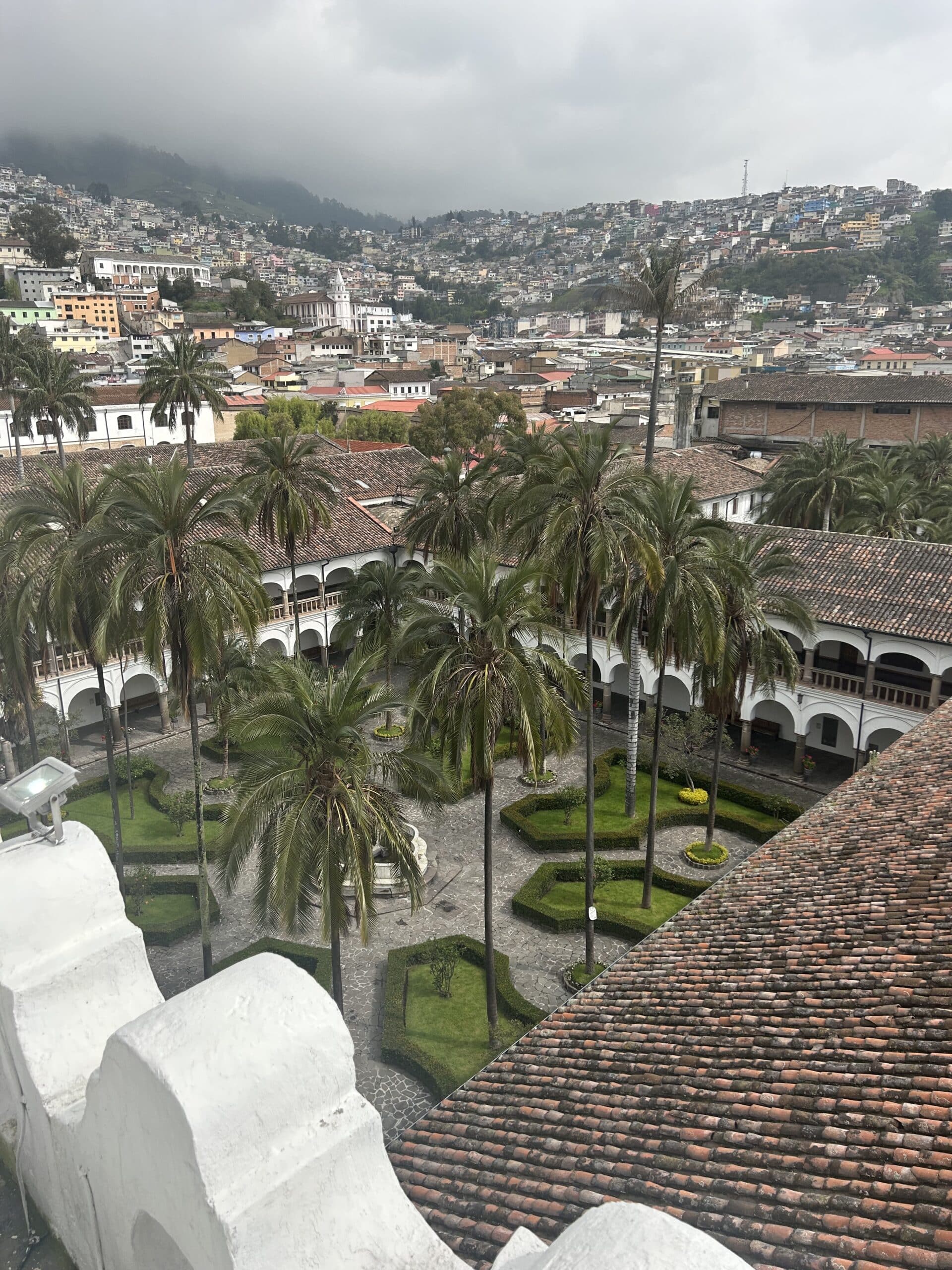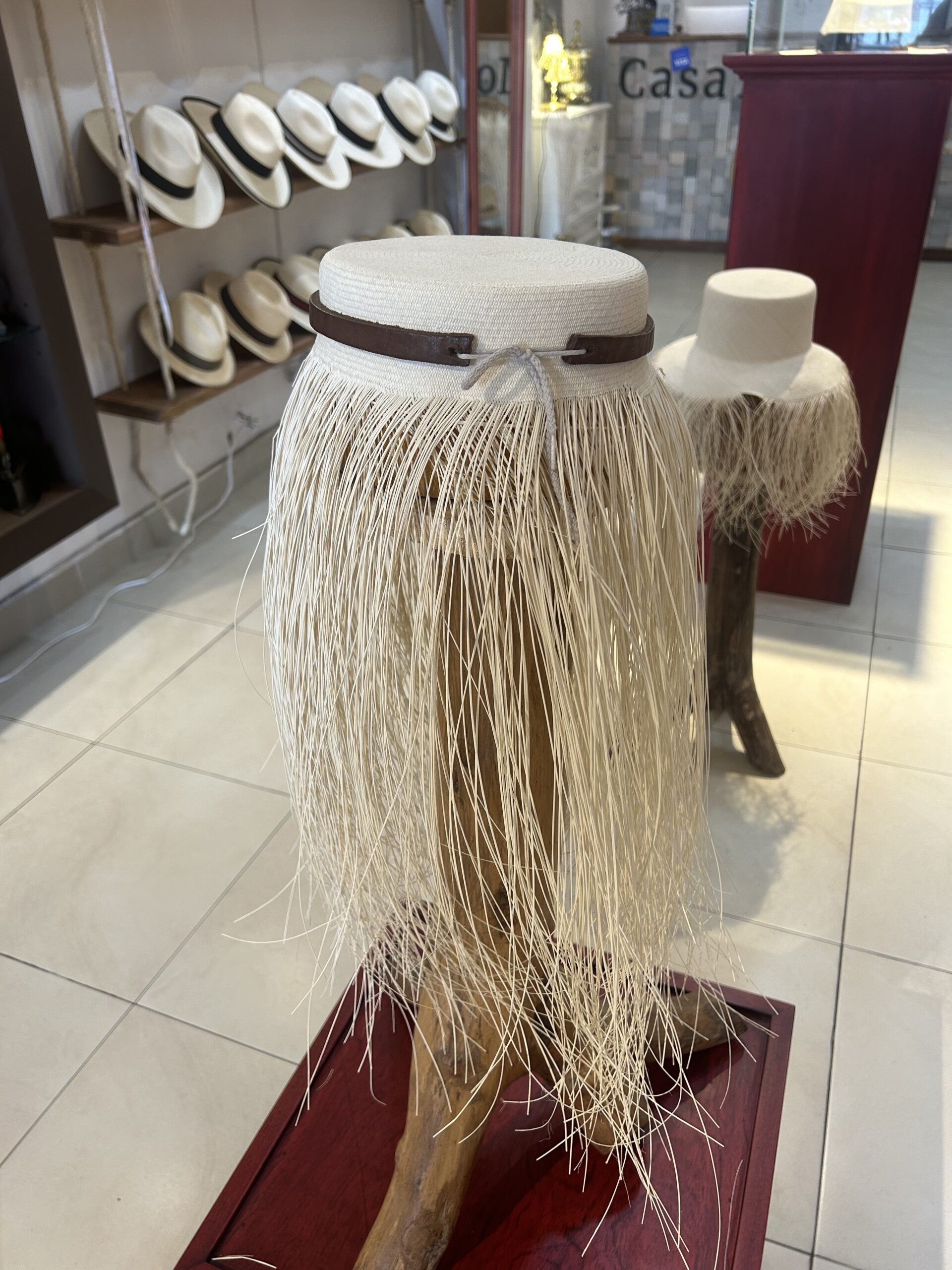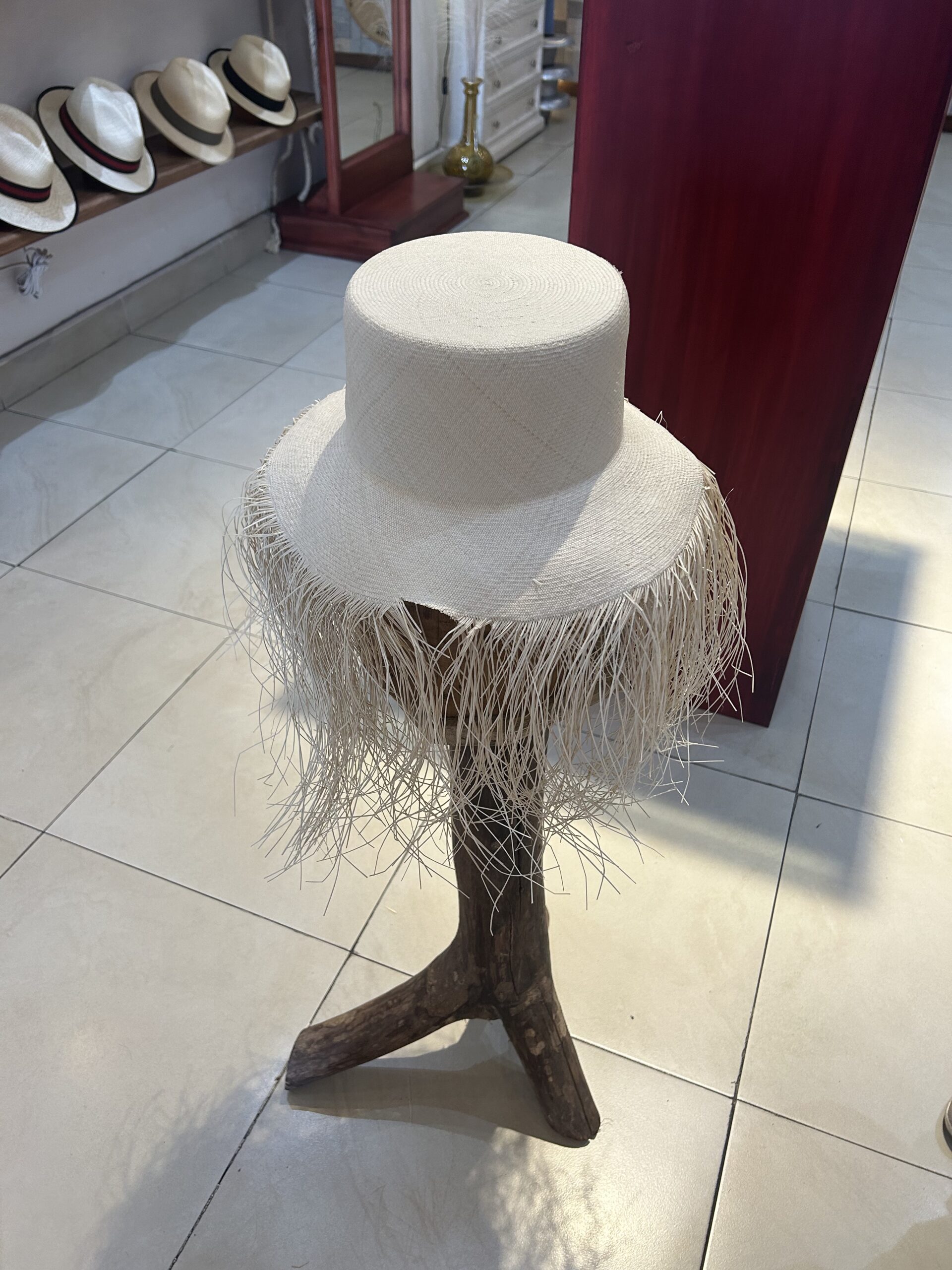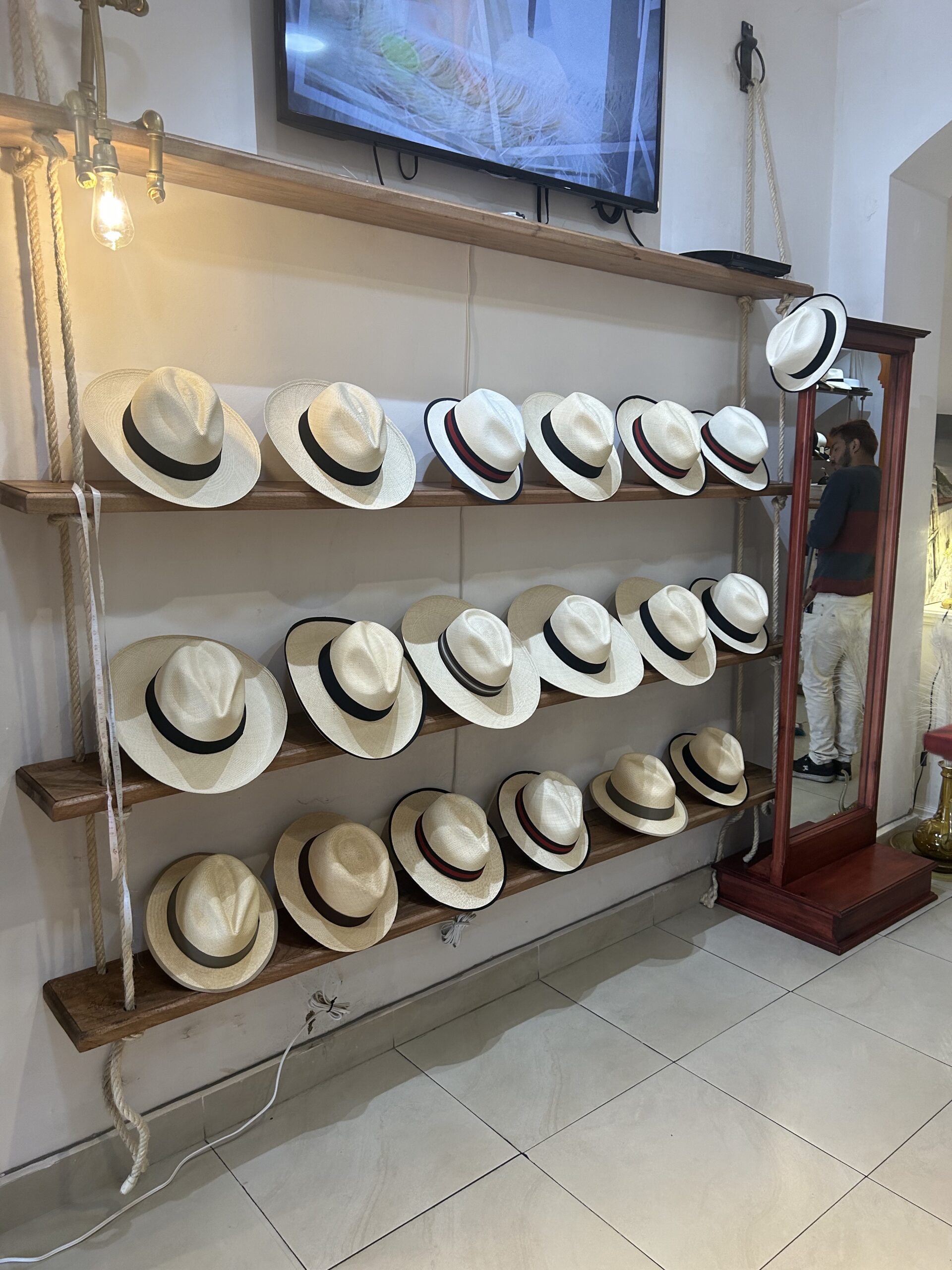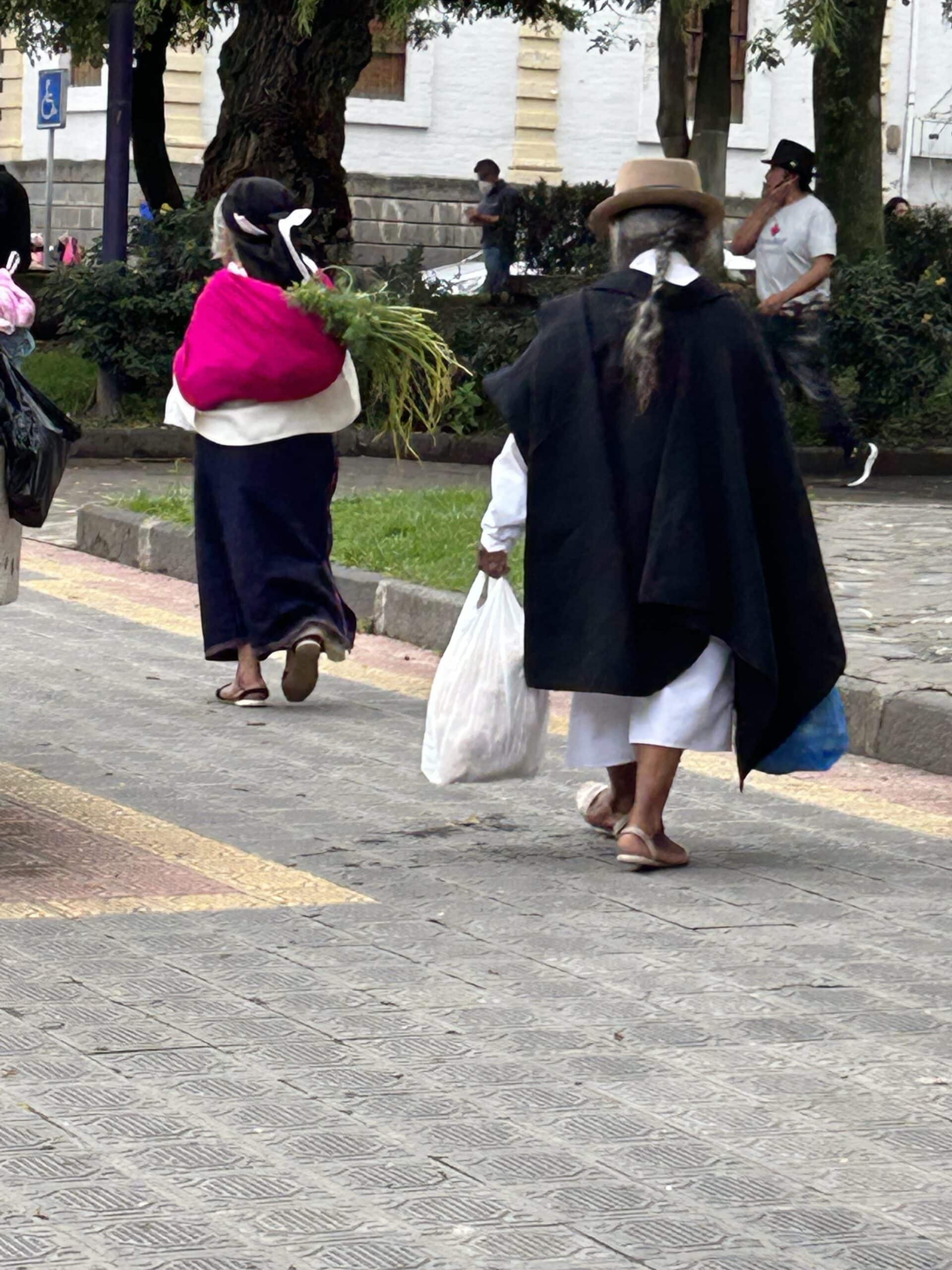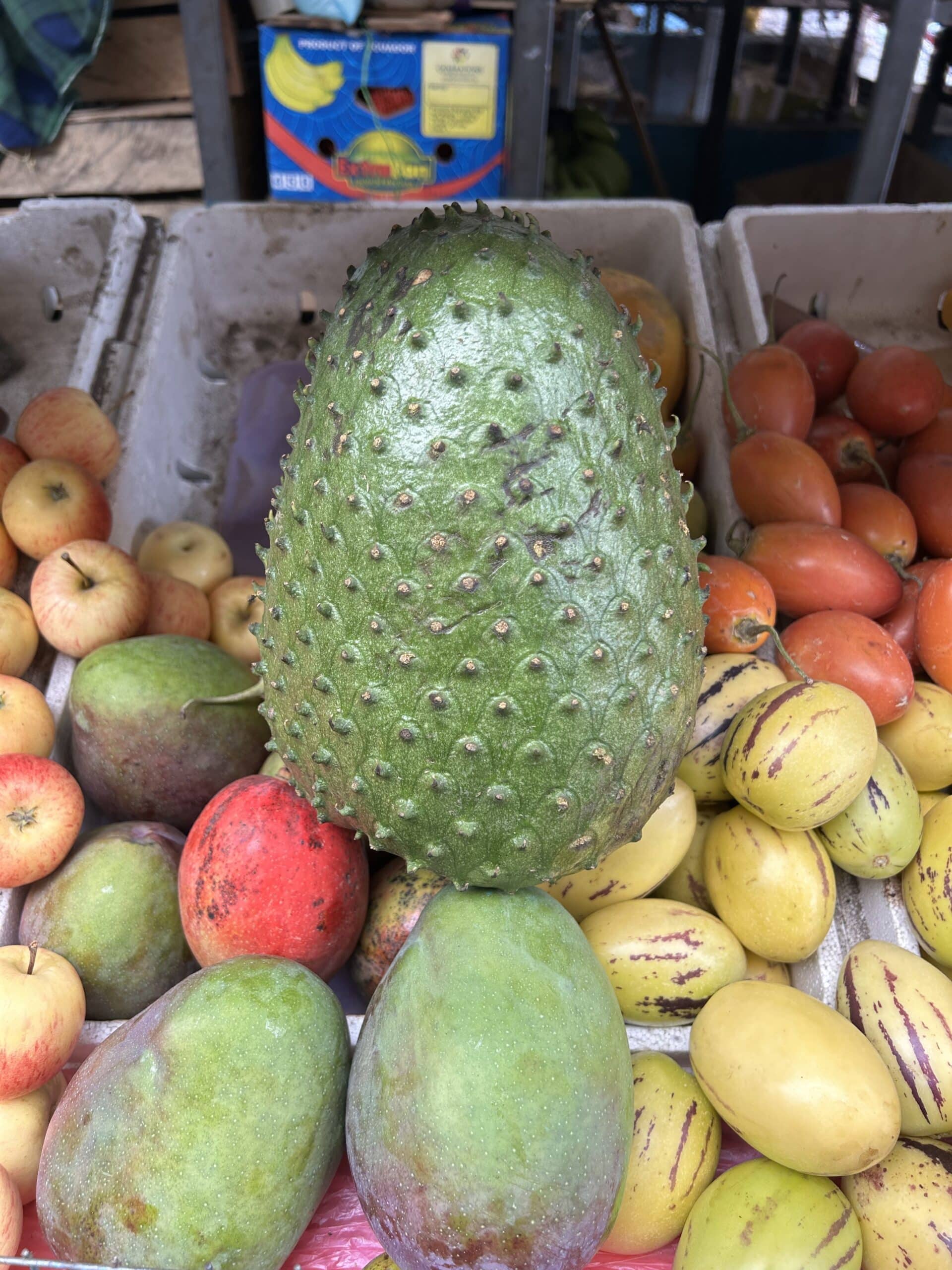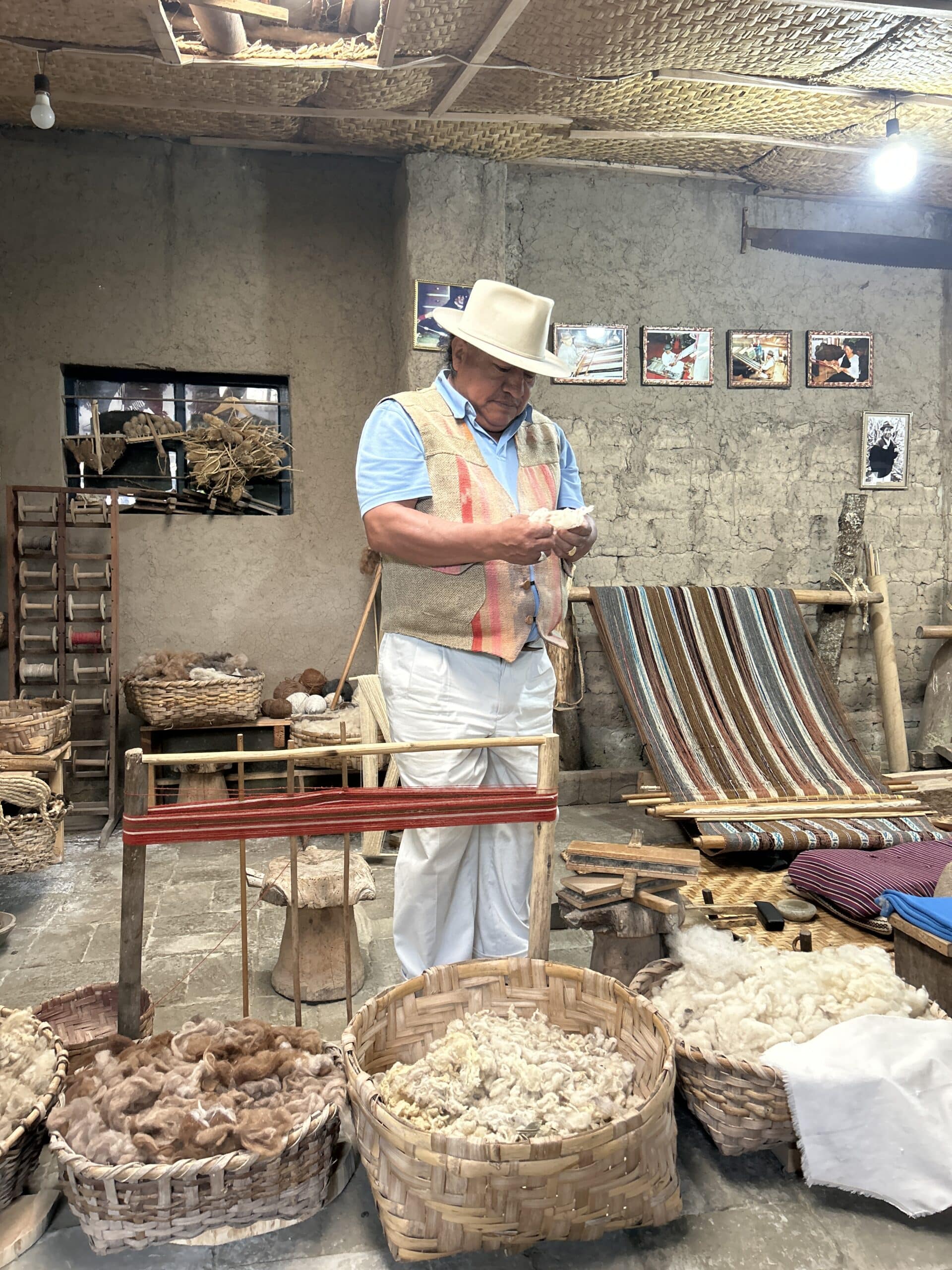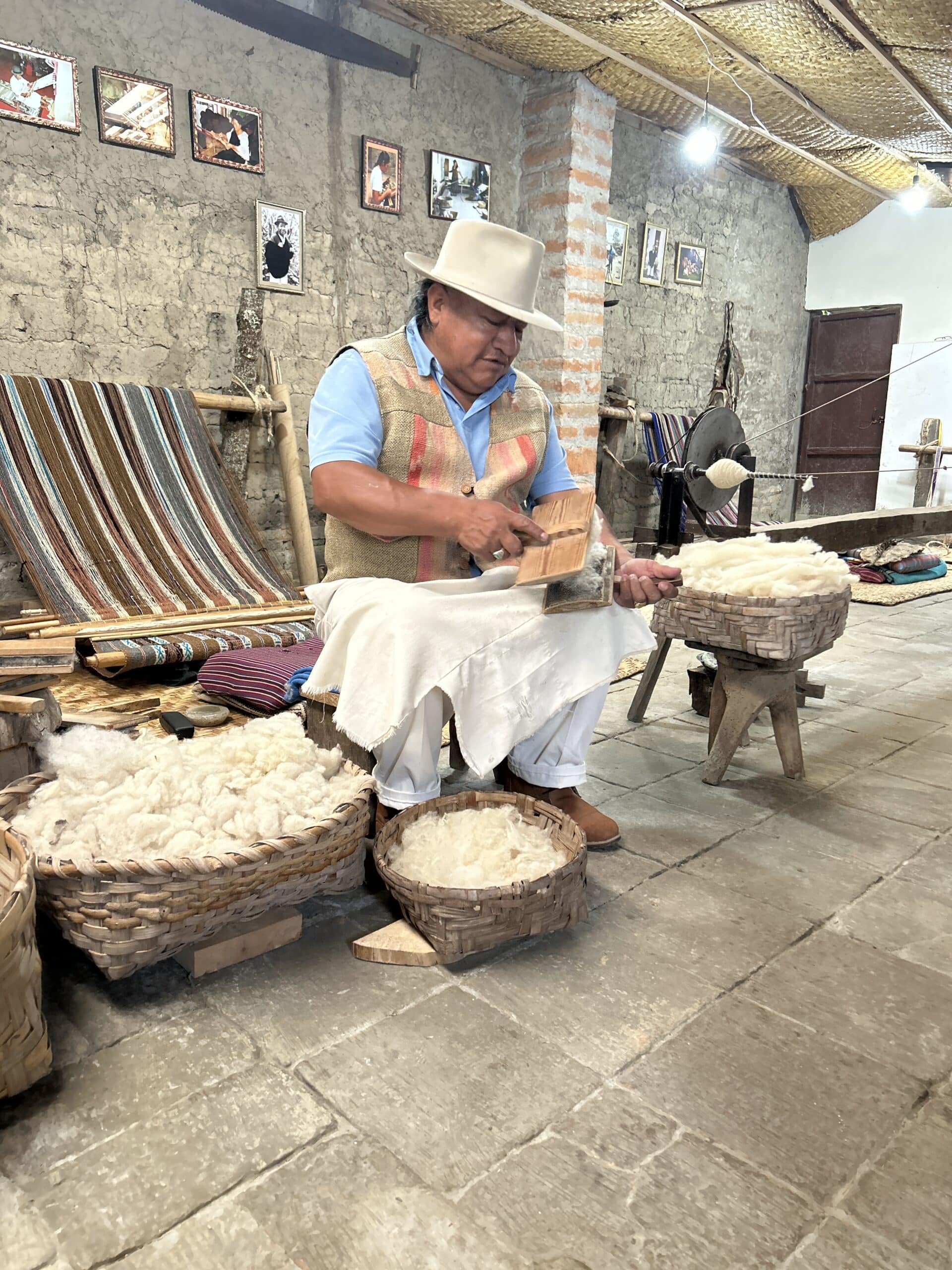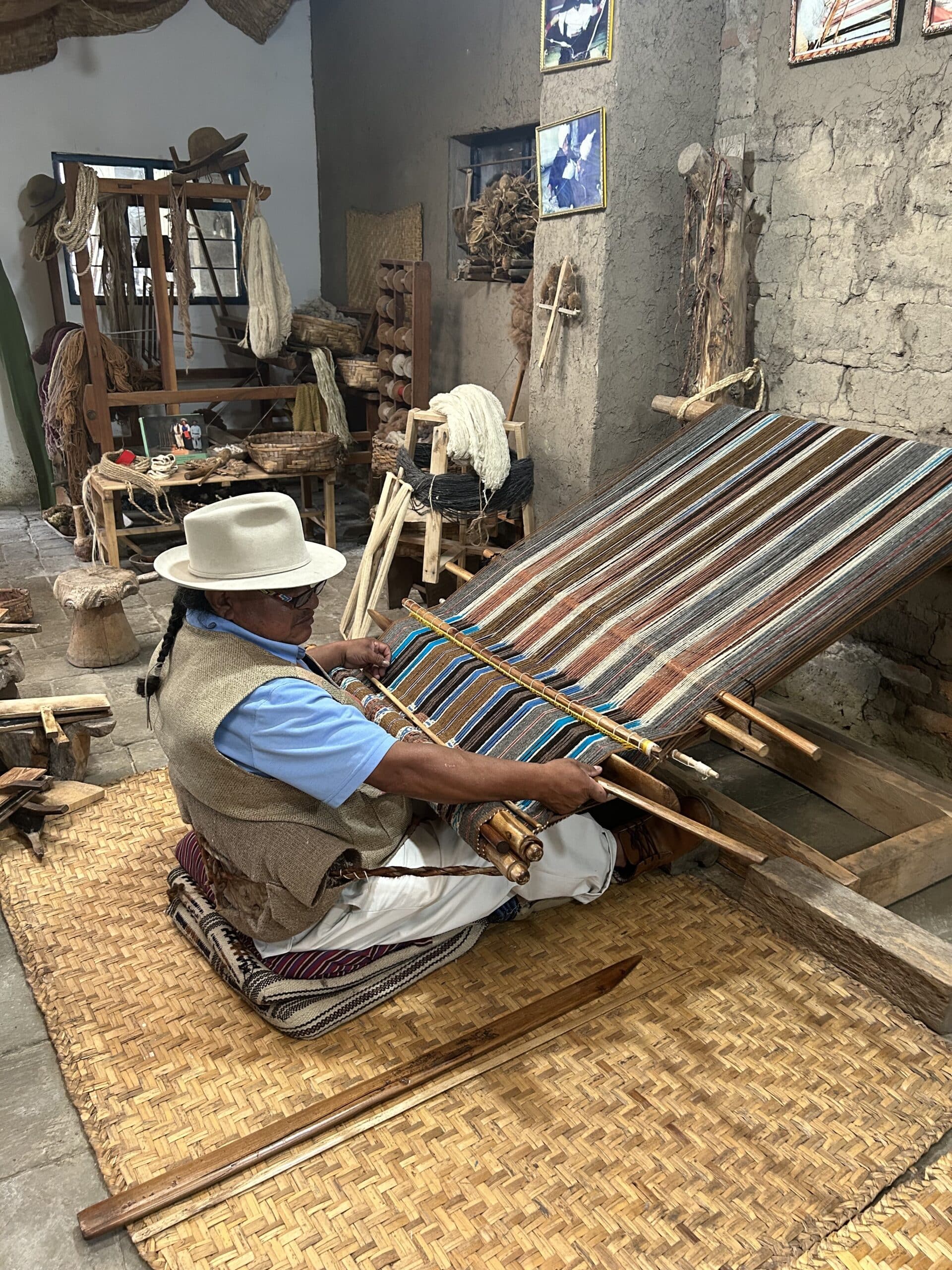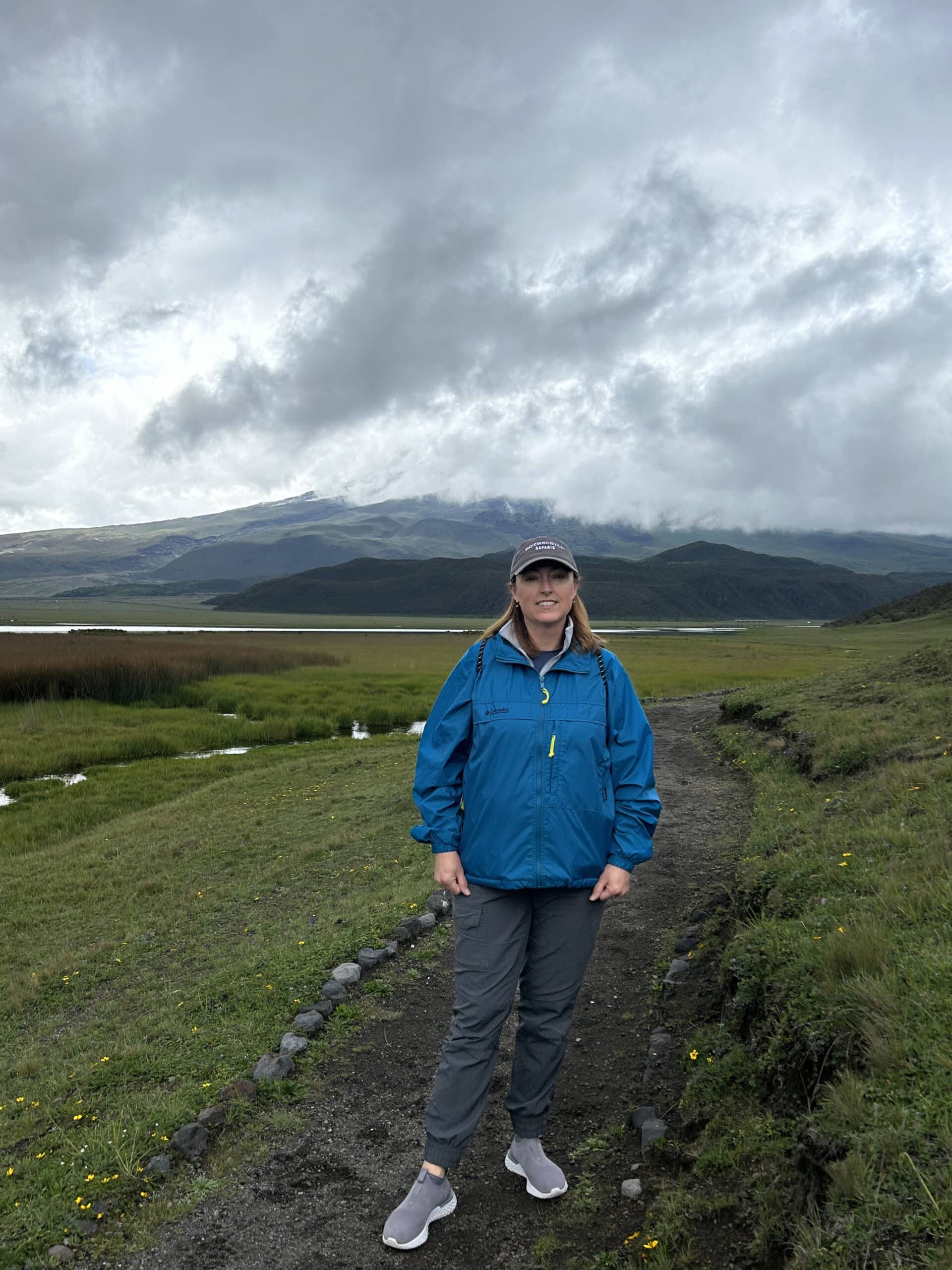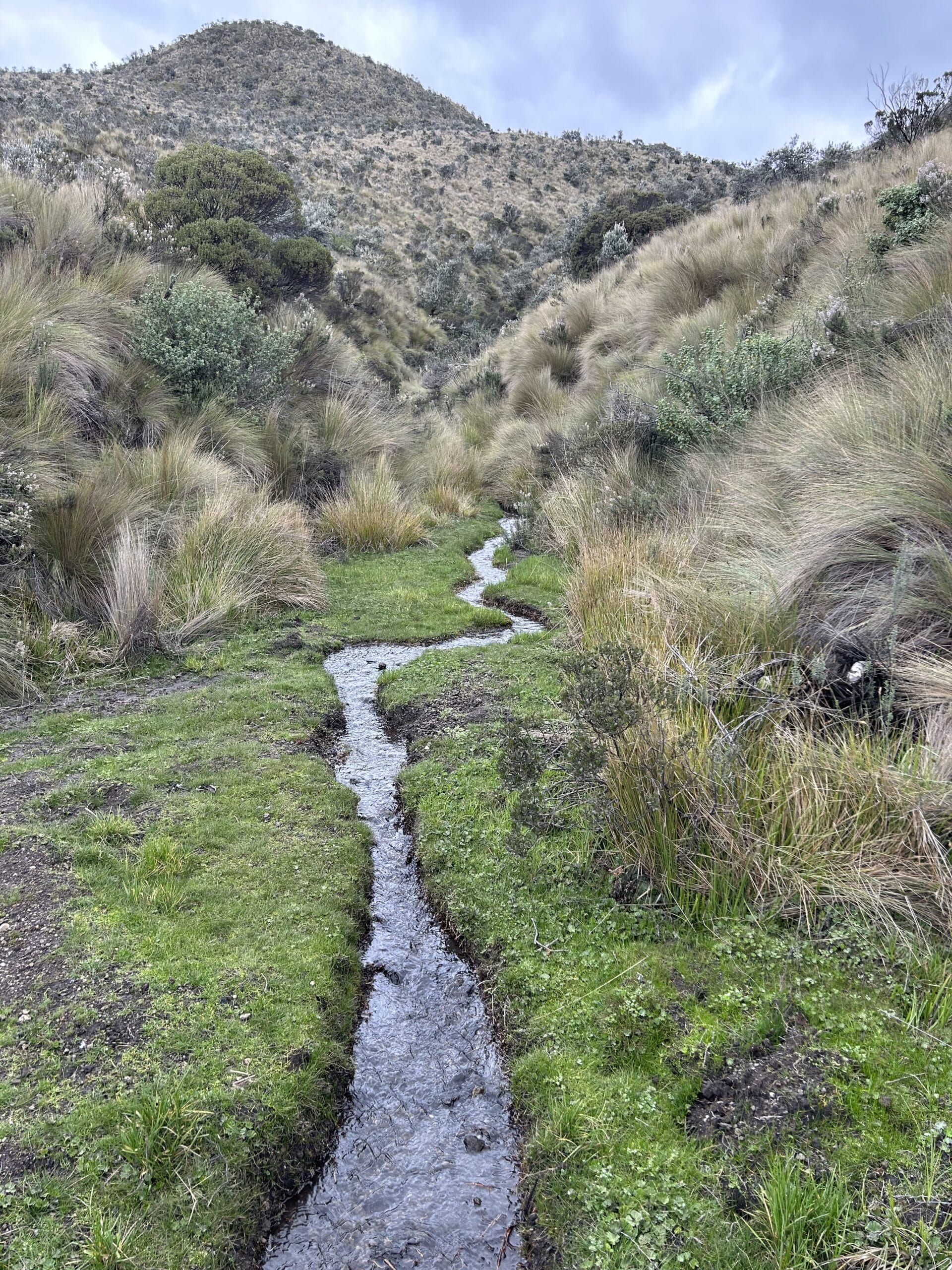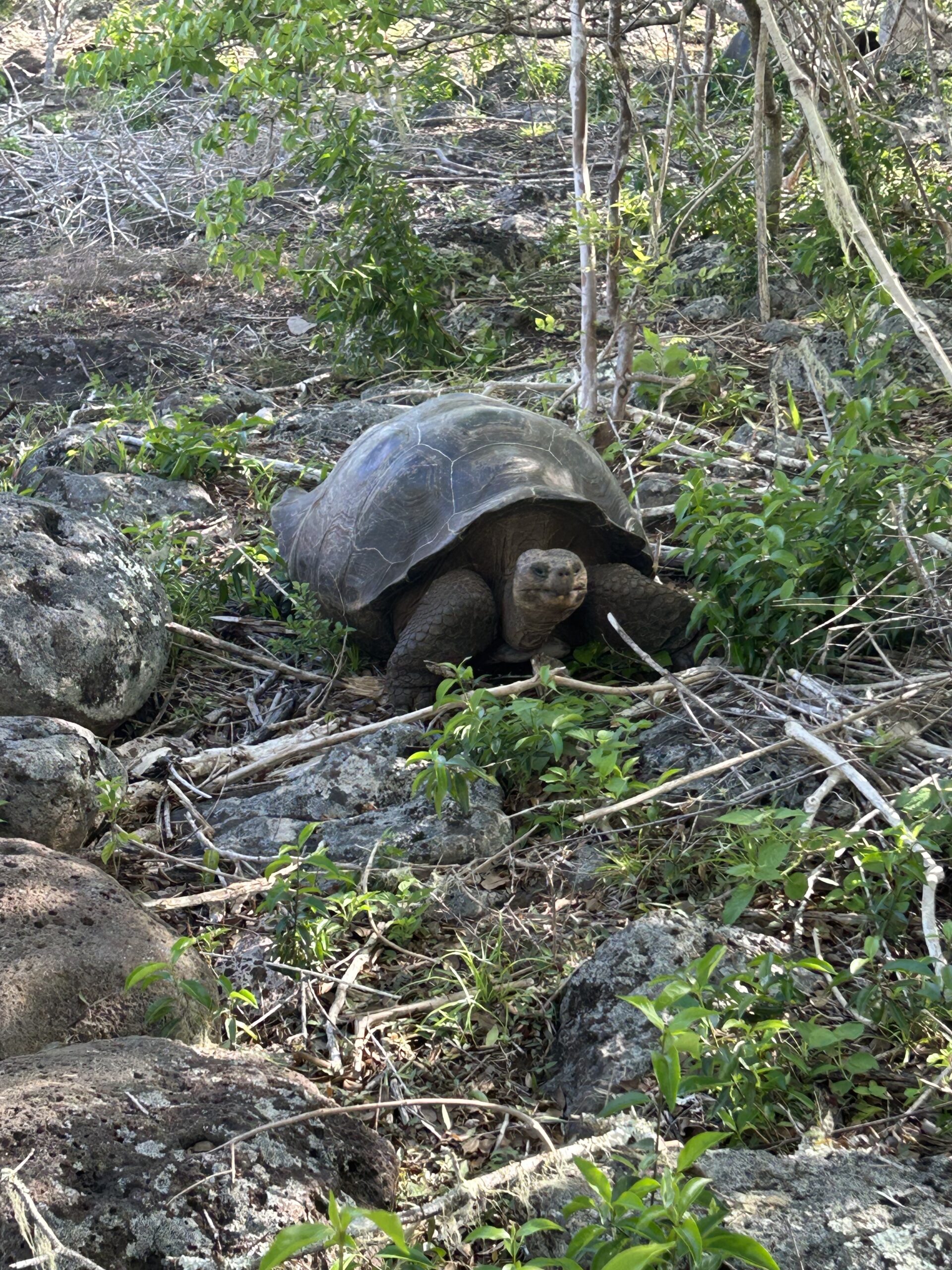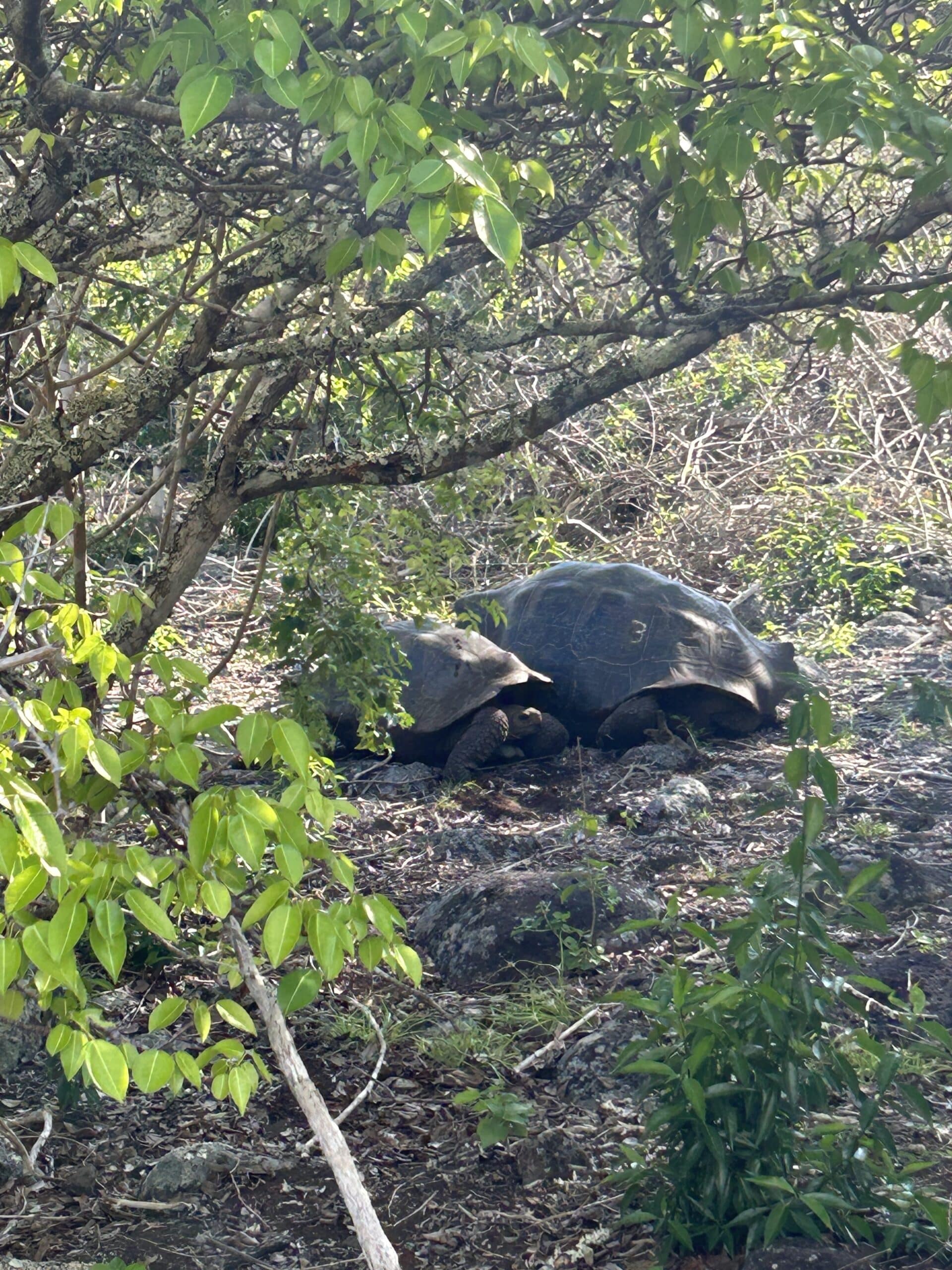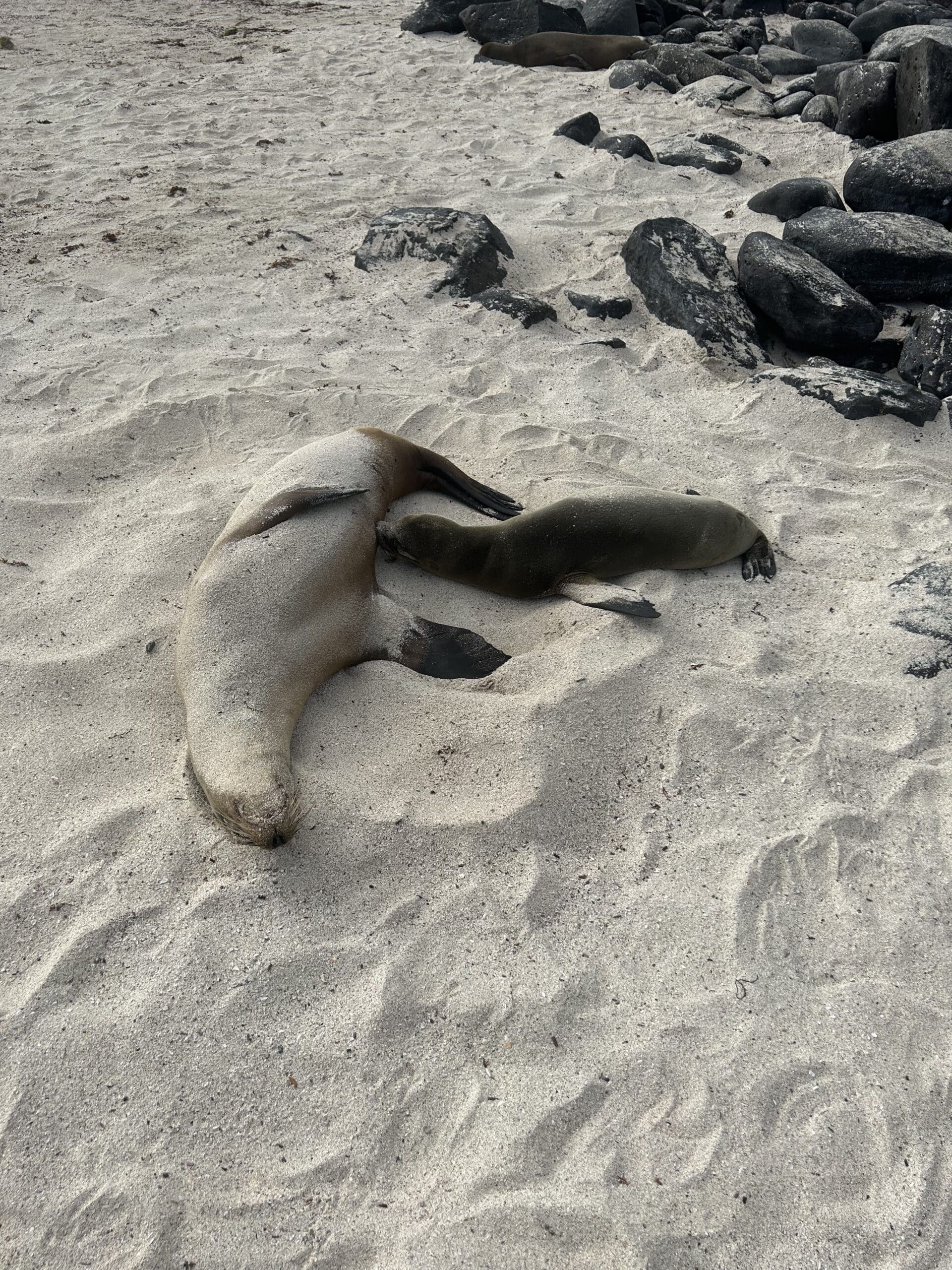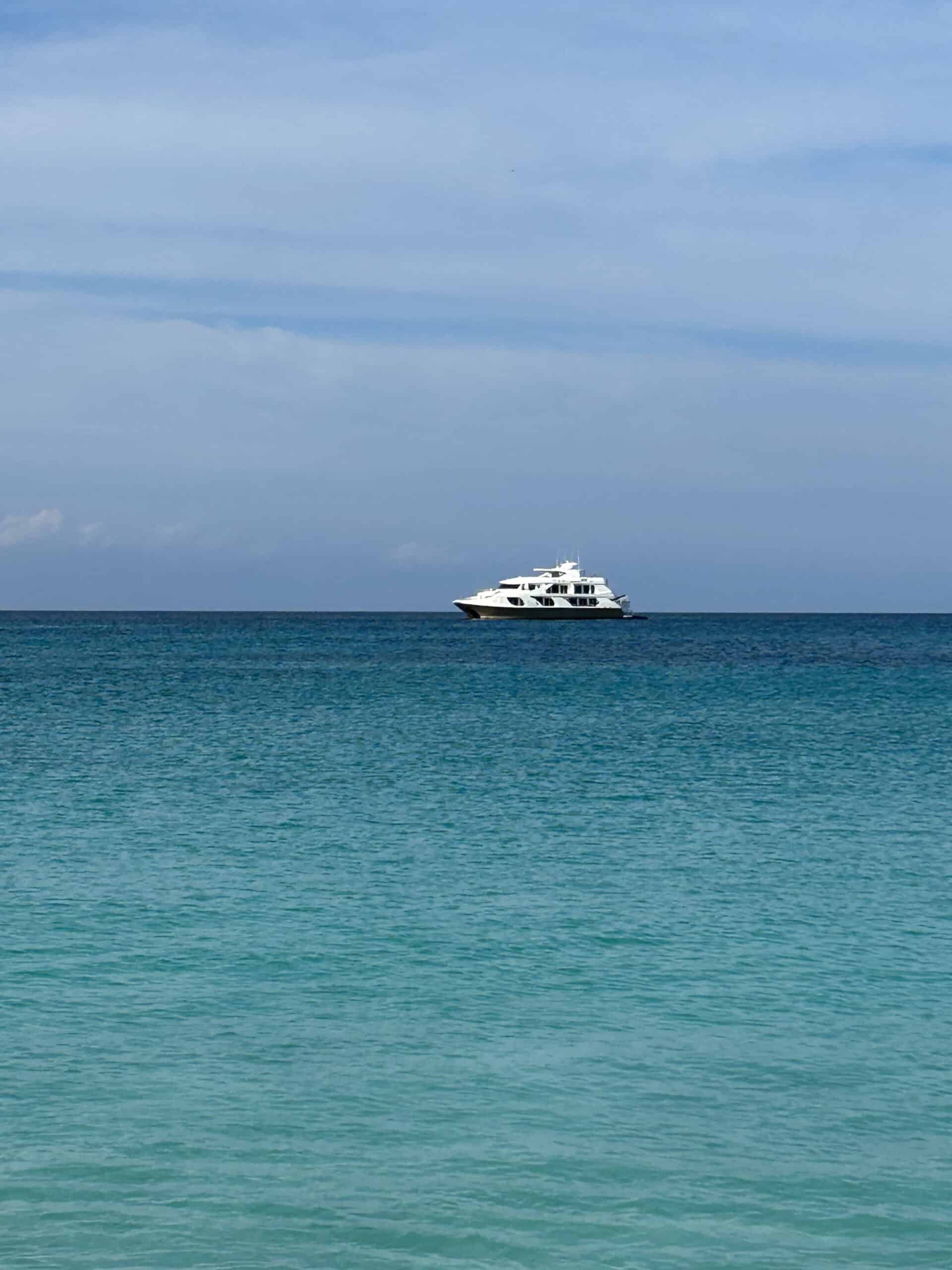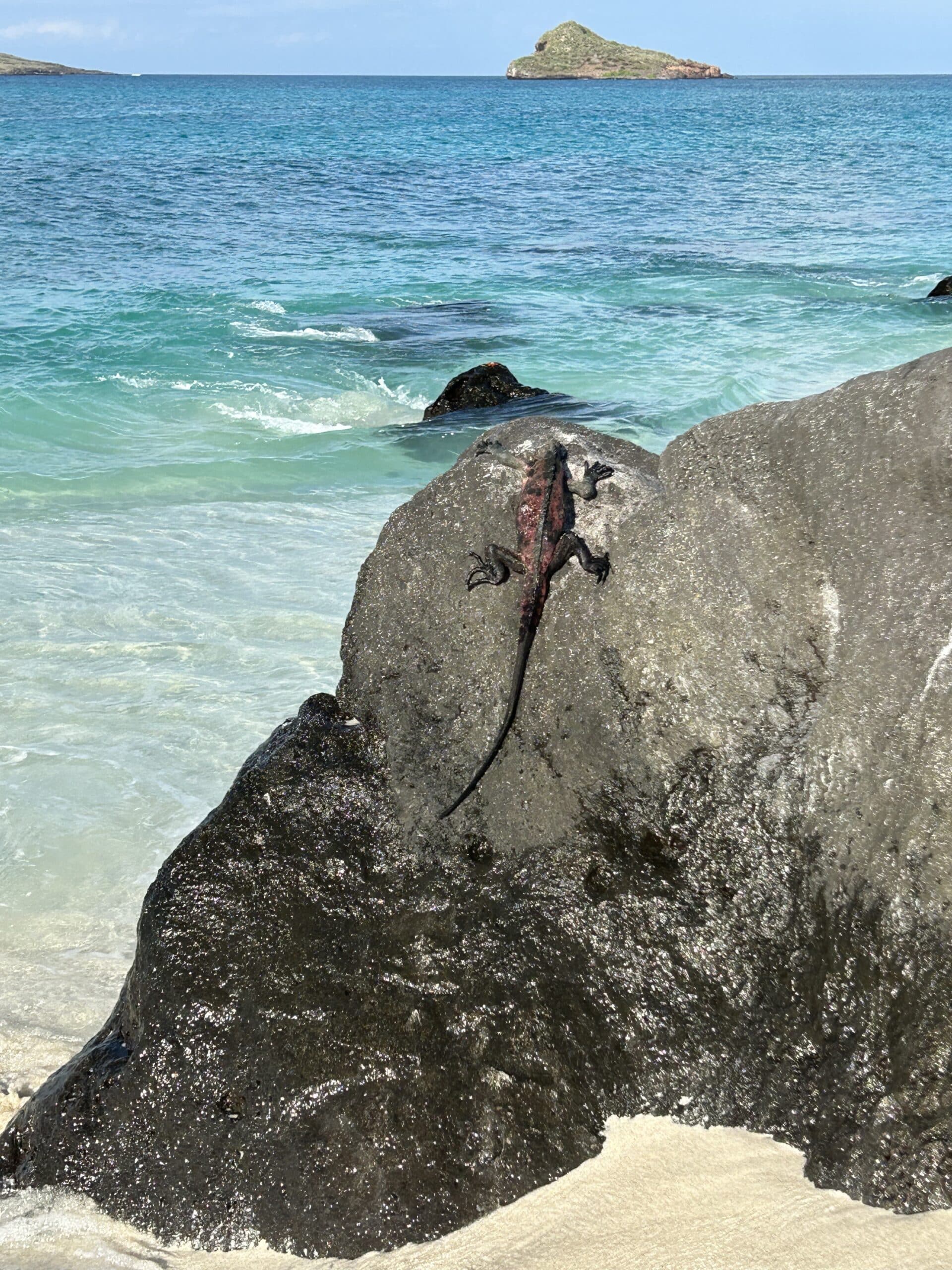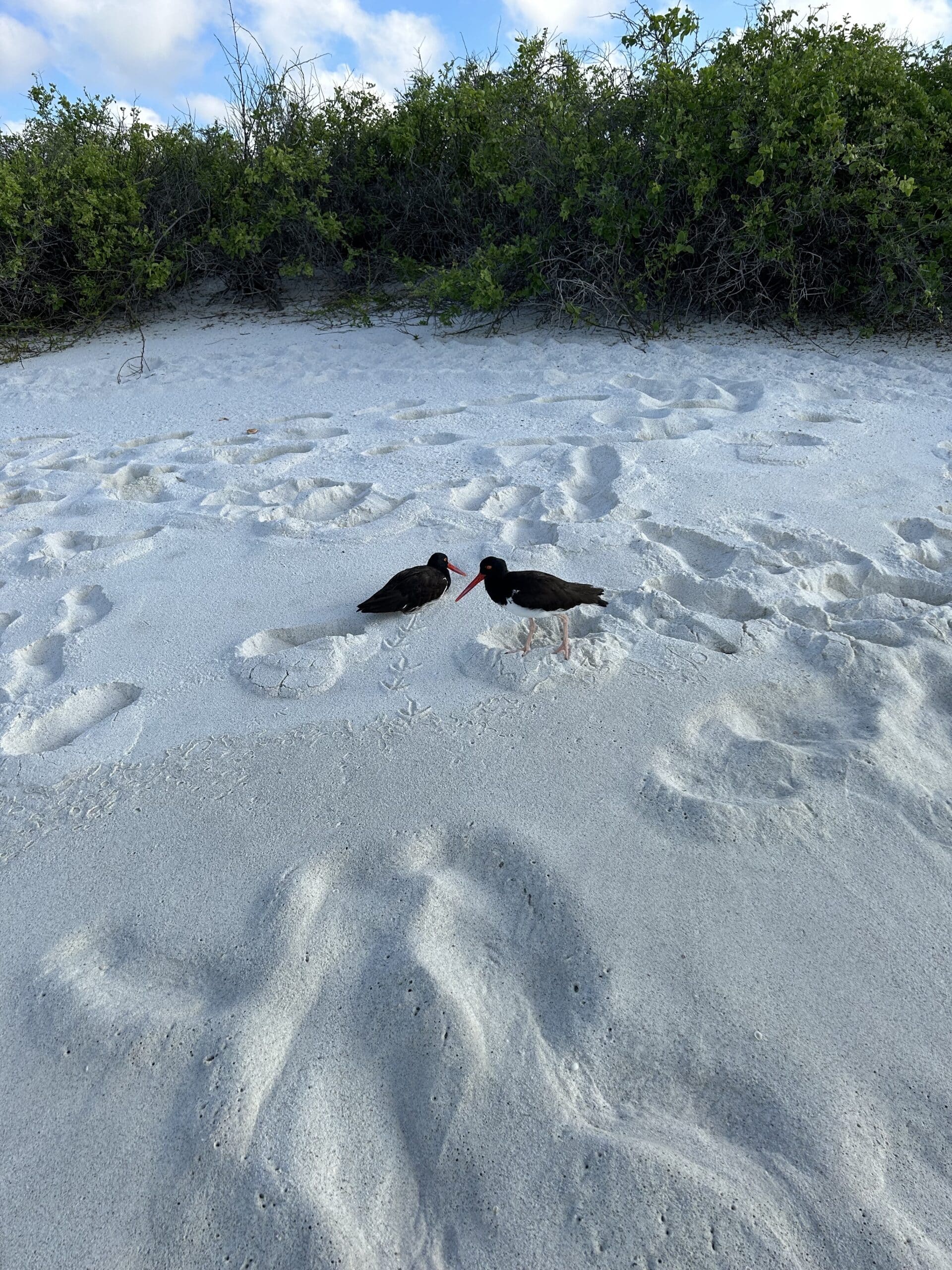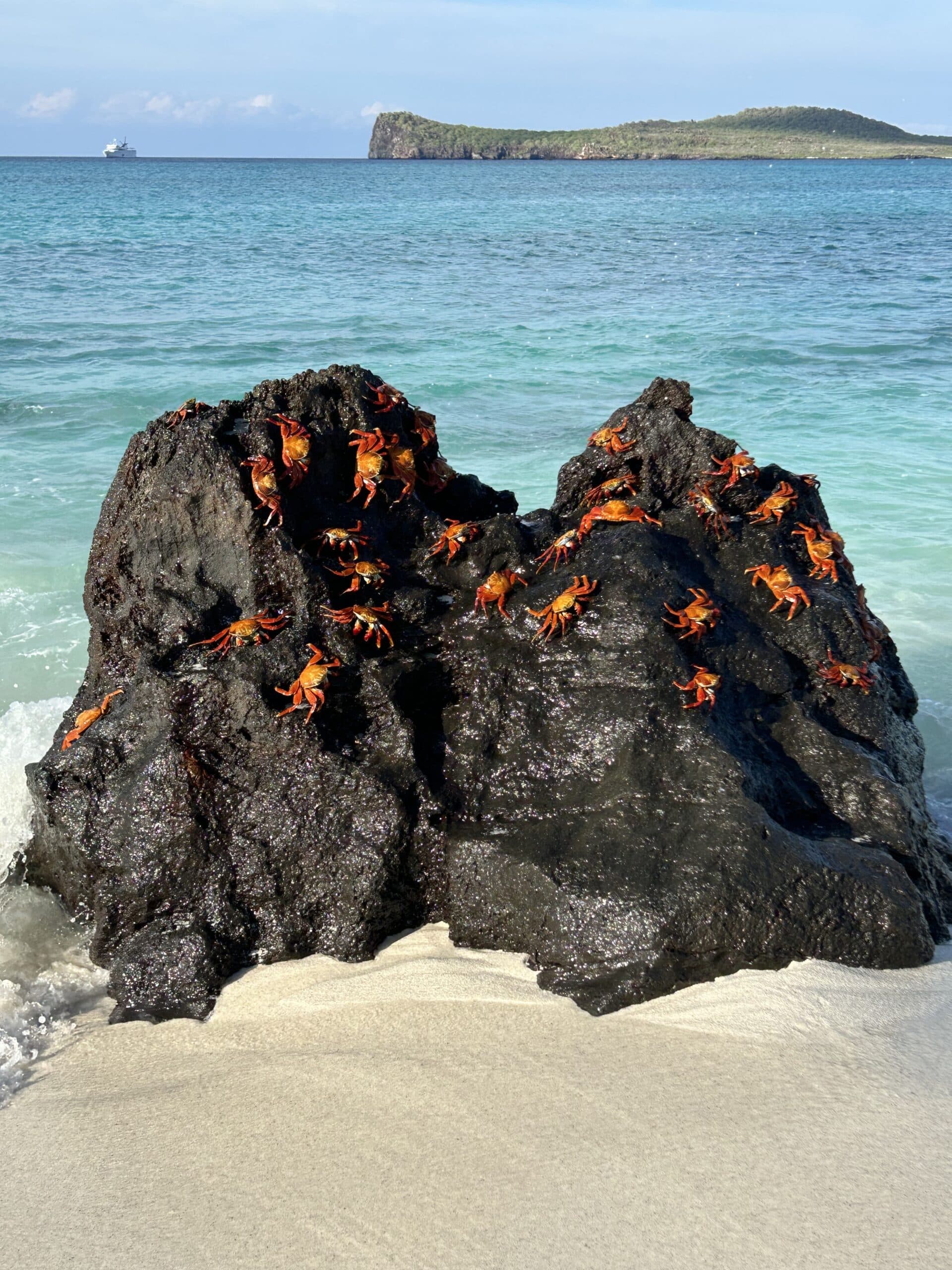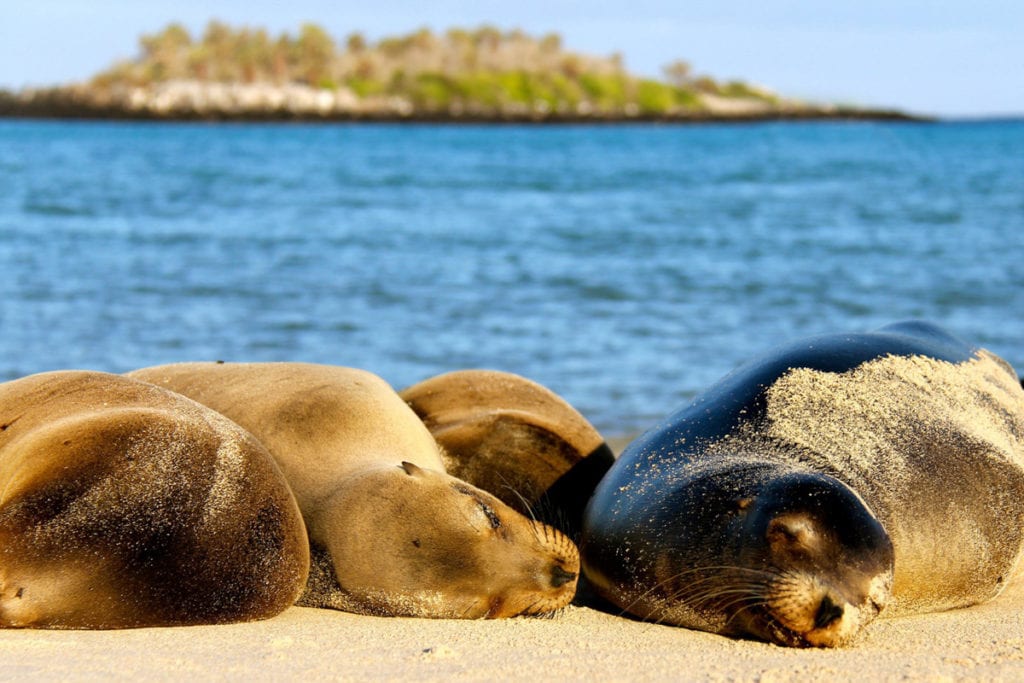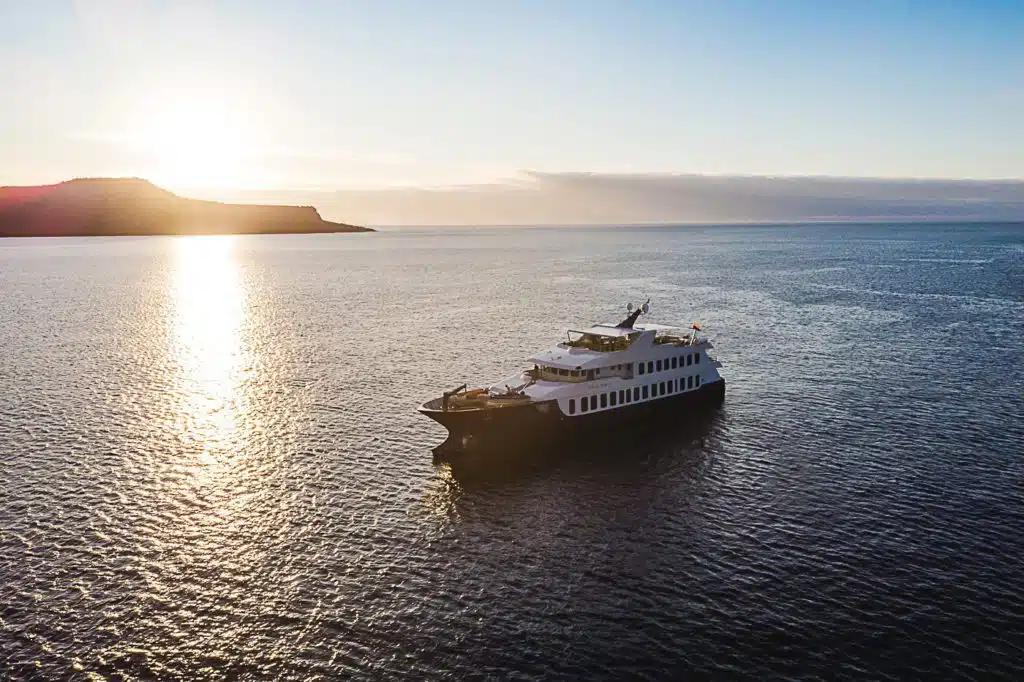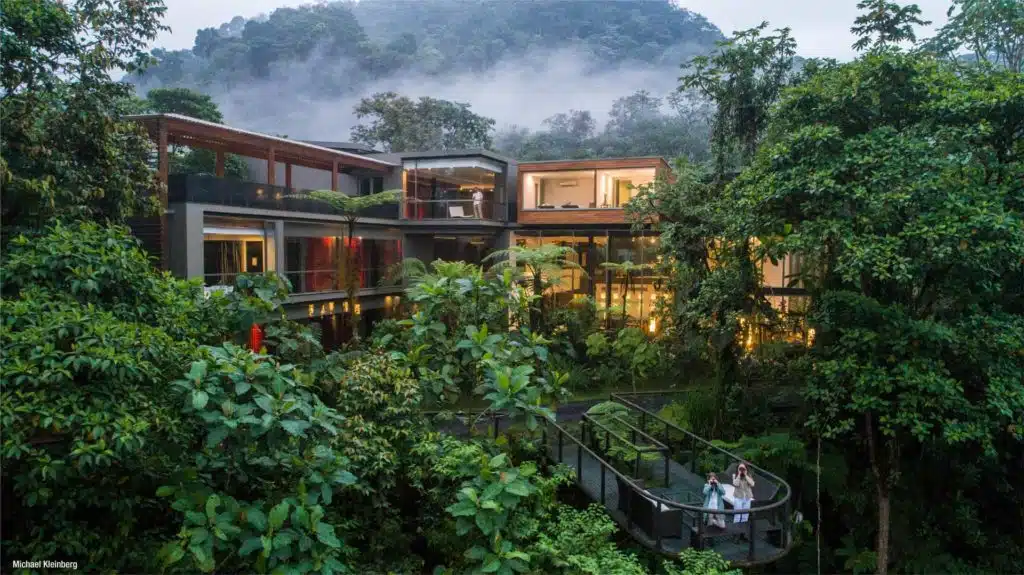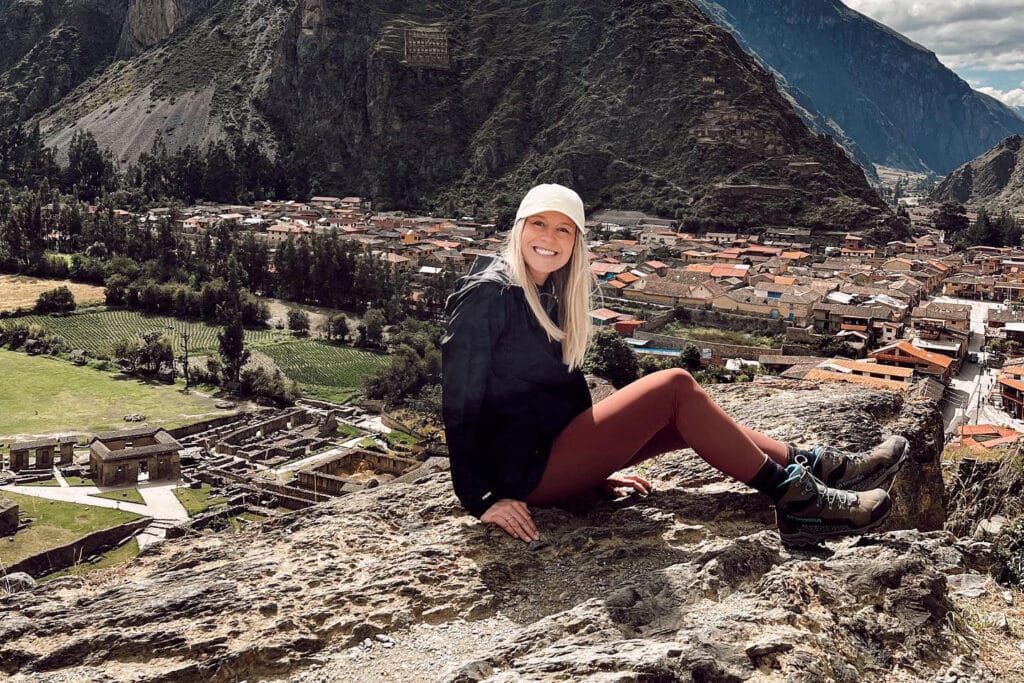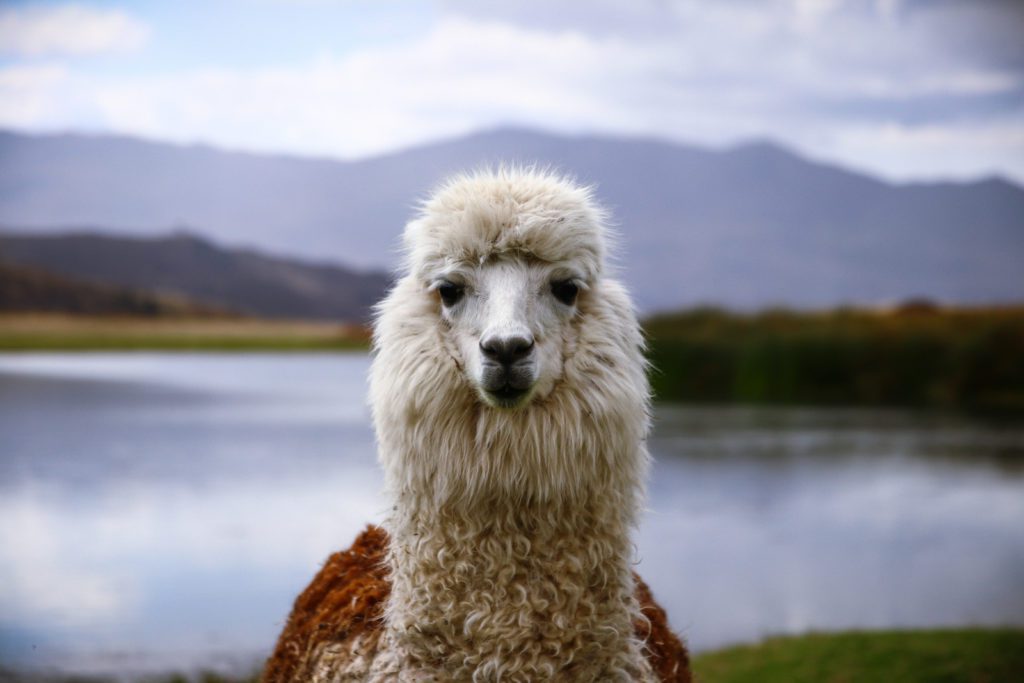ECUADOR
More Than Just the Galápagos
Ecuador is frequently regarded as the intriguing yet necessary gateway to the Galápagos Islands.
As temporary as a visit to ‘the centre of the Earth’ may be, it can be worthy of more than a layover before boarding a luxury cruise through the archipelago and, as Rothschild’s operations coordinator recently discovered, there are marvels and wonders to be uncovered at every turn.
The nation’s capital of Quito receives most international travellers. Burned by its indigenous residents to dissuade Spanish intruders, the conquistadors nonetheless saw its value and settled in the valley, imposing their still significant influence throughout the city.
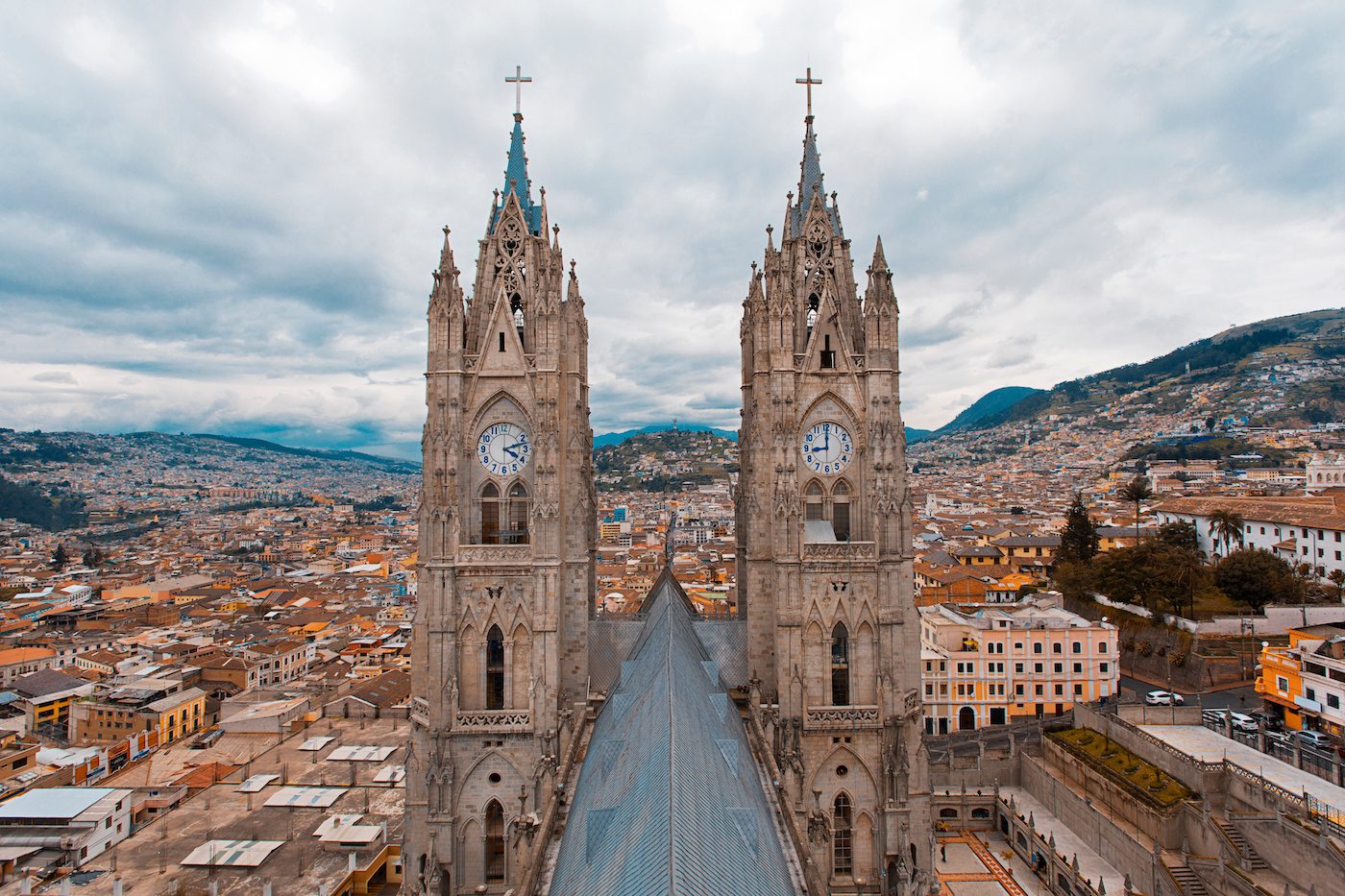
What few will realise is that Ecuador reaches into the realms of the Amazon, and though perhaps not as fulfilling as an Amazonian exploration in Peru or Brazil, one can wander the immense trees, discover innumerable species and meet local tribespeople.
Towering 19,347 feet (5,900 metres) above sea level, Cotopaxi is the country’s most active volcano, but when dormant, its stunning foothills and impressive view offer a breathtaking wilderness escape from the cities and dense jungle of the Amazon.
An avid hiker and explorer, Aimee explored the many faces of mainland Ecuador before her departure for the natural sanctuary of the islands, sharing her story with us to inspire you to make more of your time in Ecuador.
CHAPTER ONE: Into the Jungle
The Amazon is primarily accessible through the port town of Puerto Francisco de Orellana, or Coca as it is known by the local Kichwa or Quechua people. A thrumming hive of activity, Coca supplies the many villages and town of Napo River – the Amazon tributary upon which it sits. Food, furniture, building materials, even laundry is canoed to and from Coca to be distributed far and wide.
Two and a half hours from this centre of commerce lies La Selva Eco Lodge, and it is to this outpost that Aimee found herself, boarding a canoe alongside other visitors and the lodge’s daily supplies.
“Coca was a lot bigger than I anticipated it would be because it truly is the hub of that province of Ecuador,” recounts Aimee. “There were hundreds of canoes parked in the port area. All you can see along the banks are little villages and huts where the indigenous people live, the Kichwa tribe. They all have their own little towns or villages established along the way.”
With crude oil the primary export of Ecuador, this bitter truth is unfortunately evident closer to Coca, but as Aimee ventured deeper into the Amazon, high commerce gave way to raw nature, the towering burn-off towers replaced by towering trees.
Slightly rustic in its nature, La Selva has recently been acquired by Golden Galápagos, the same organisation Aimee would late join in the island archipelago, and refurbishments are being eagerly undertaken. Perfectly comfortable nonetheless, it is not luxury accommodation that one seeks in this remote location but a connection with nature; something the Kichwa embody in their daily lives.
“We were paired with a naturalist guide and also with a local guide. He is a Kichwa tribe member from a village that wasn’t far from the resort. He talked to the group about the medicinal and functional purposes of the flora, like this particular leaf is used as sandpaper. The palms are used to build homes, the heart of palm you can eat – they use all aspects of the plants for many different things. They say that if you eat some of them you can cure stomach ache, it’s good for rubbing on a cut, the seeds are used for dyes, makeups, things like that. It’s definitely a culture of using everything that they have around them to support themselves.
“I just find it so incredible when people are just completely self-sustainable, living off the land. They hold a symbiosis with everything around them because they don’t have a choice; it’s so difficult to bring in resources.”
Though local guides imparted much wisdom of the forest, Aimee was eager to connect further with the Kichwa people.
“We had the opportunity to do a village visit. The interesting story about this particular Kichwa village is that the ladies there happenstancely came upon the opportunity to create their own resort for backpackers, though others also stayed there.
“For example, a dentist and his family stayed at the lodge and went and did the village visit. He went home, got all the local dentists in his area, and they went back for three or four weeks to treat people from all the different tribes and villages.
“I was actually wowed by the purpose. The women created a tea that they make from the runa plant. It has caffeine in it and was meant to be for the men to help keep them going when they’re working or they’re out hunting. It is packed with superfoods – it’s good for your stomach, it has caffeine… there were a lot of medicinal properties.”
In addition to workshops and demonstrations, the village also has a school, its three teachers educating up to 60 students in Spanish, but also the local Kichwa language and a more complete curriculum.
Aimee was also adventurous – perhaps brave – enough to sample the numerous local foods that the Kichwa have subsisted on since their emergence from the Incan Empire. Plantain, white cacao and heart of palm were served alongside freshly-caught tilapia fish and beetle larvae that, according to Aimee, resembled bacon, though perhaps not a delicacy for the faint of heart!
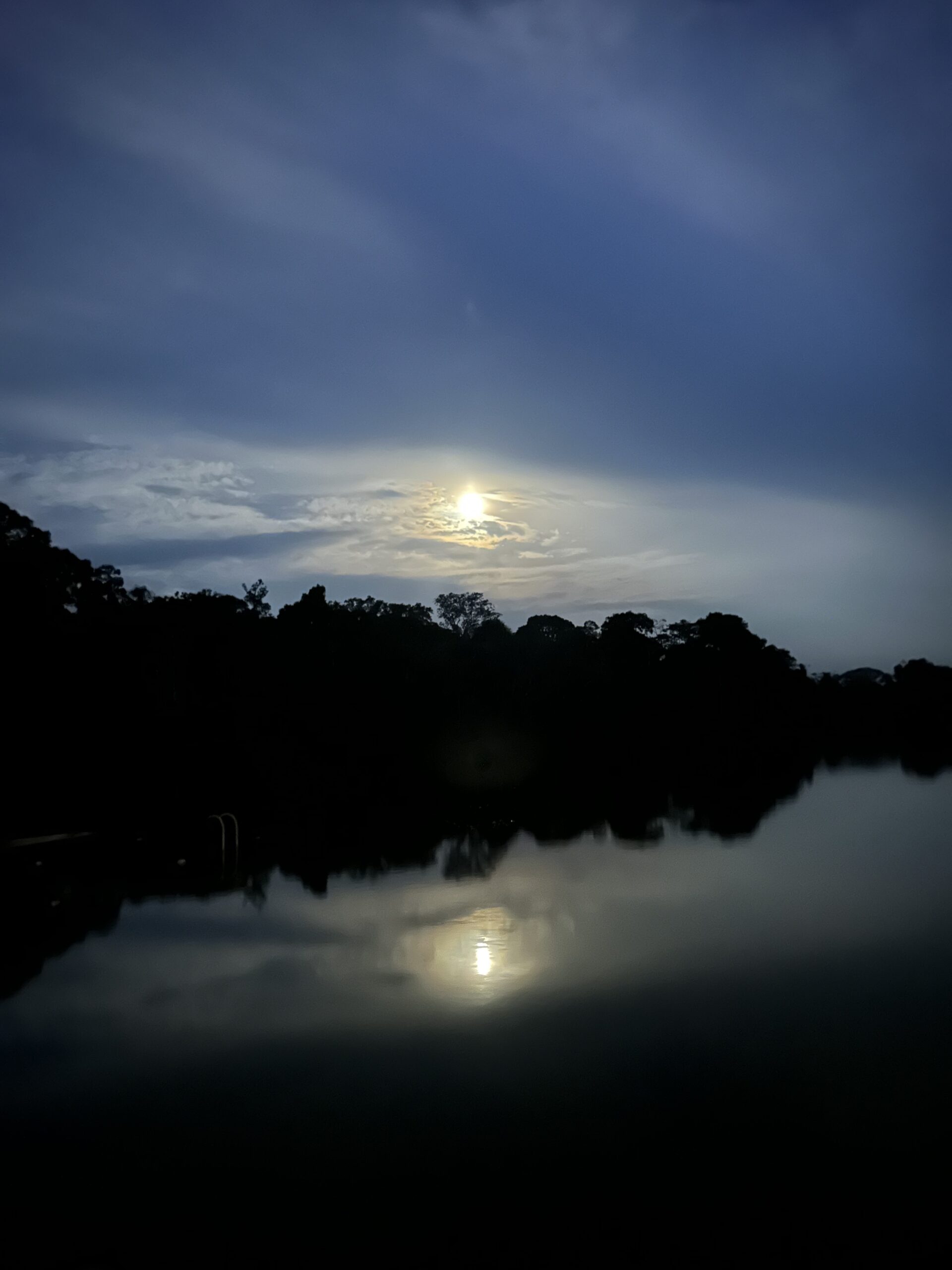
CHAPTER TWO: Quito
Departing the rainforest, Aimee returned to the capital, uncovering its history, visiting the city’s numerous basilicas and discovering the remarkable science of a town situated at the centre of the world. Established by the Spanish and French Geodisic Mission of 1736, the equator passes just beyond Quito’s city limits, and it is here that one can discover the contrasting gravitational effects of the hemispheres.
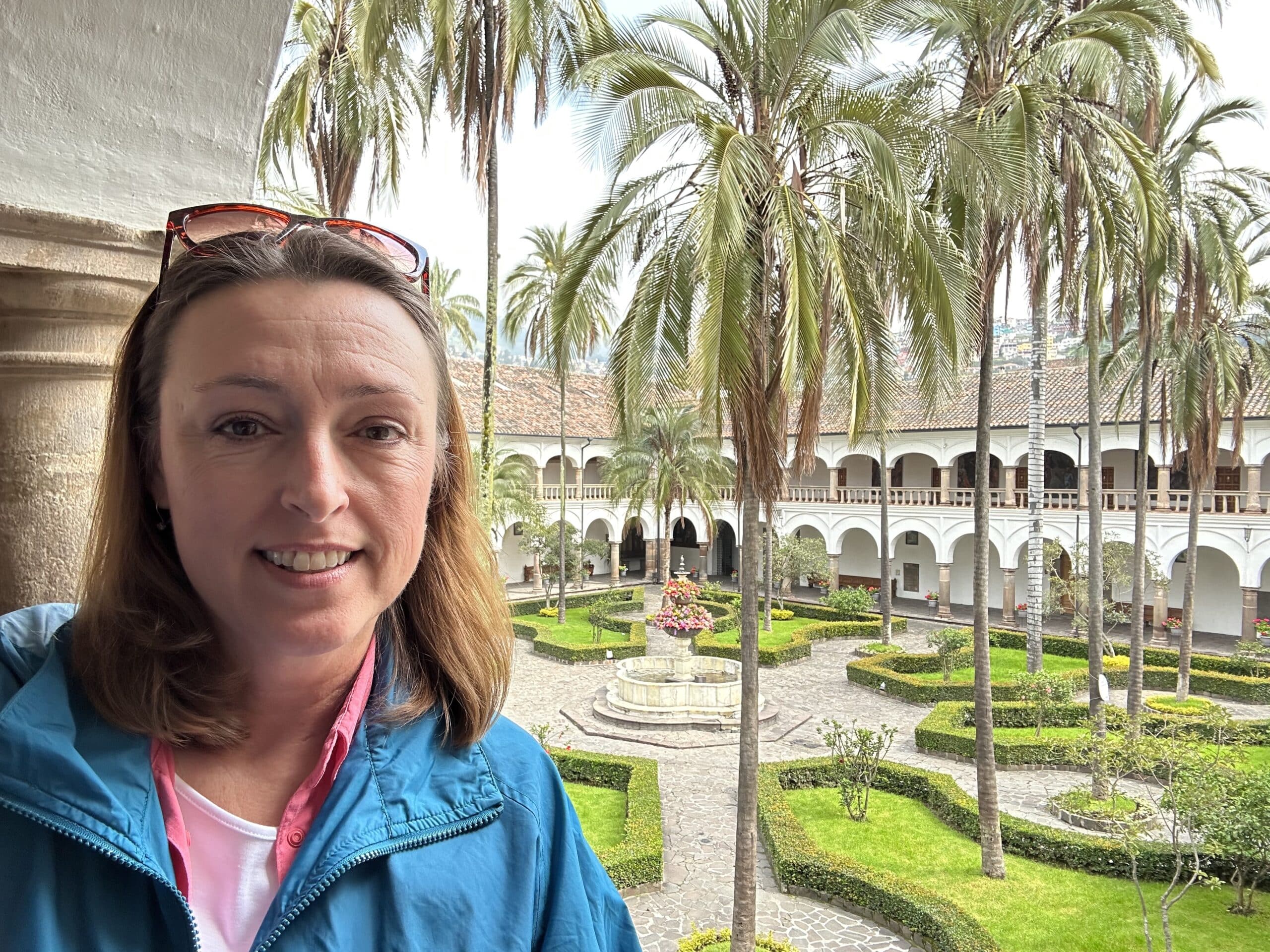
“Until they mentioned it, I didn’t realise that the sun is always on top all day long, it never changes,” Aimee retells. “It does go up and down of course, but it stays at the top all all day long because you’re on the equator. They have a copper sink set up that allows you to see the gravitational effects on water. In one hemisphere, it spins clockwise, on the other it spins counter-clockwise, but directly on the equator it goes straight down. They use the same sink and move it only a few feet from one side to the other. I don’t know if all visitors would be interested in those kinds of things but I found it absolutely fascinating.”
Combining this with architecture hundreds of years old and Hipsanic nuances imposing a distinctly European air upon the city, Quito provided intrigue and entertainment for Aimee’s curious and investigative mind.
The Jesuit church of La Companía de Jesus completed construction in 1605. Closed by the king of Spain in the 1700s, it remained all but unseen for over a century. Today, visitors can enter the church to view the incredible frescos and detailed wood carvings clad in gold leaf. In a country of significant seismic activity, it is interesting to note that many of the historical buildings, including La Companía, have remained resilient to the earth’s frequent tremors for centuries.
“We finished our tour with lunch at a restaurant on top of an old volcano. Unfortunately, we could not see the volcano as it was too cloudy. Located within a small village at the centre of the crater, we were served a selection of delicious local food. The traditional staple appetiser of potato soup was followed by fresh fish and quinoa with vegetables and lashings of ahi sauce – a spicy pepper dressing of chilis blended with salt, tomato, onions and leaks that is liberally applied to everything!”
Another curious aspect of Quito is that it is renowned for its hand-woven Panama hats. Despite its name – coined after Theodore Roosevelt sported one on his visit to Panama – Ecuador is the home of this iconic headwear. Made from palm leaf fibre, each hat can take as much as six months to weave. The smaller the fibre and more tightly woven it is, the more expensive the hat, with a single Panama costing as much as $20,000 USD. Observing this fine craftsmanship on her tour of Quito, Aimee discovered that the true test of an authentic Panama hat is that it can be passed through a wedding ring, though it might be somewhat foolhardy to attempt this with a $20,000 hat!
CHAPTER THREE: Otavalo
The town of Otavalo is known for its roses, and the alpine pastures are swathed in row upon row of greenhouses and farms. Though Aimee admits that Otavalo isn’t the most alluring of destinations, its culture is somewhat unique.
“Otavalo is also famous for its market, known as Plaza des los Ponchos,” Aimee shares. “This market dates back to the 16th century when indigenous merchants played a crucial role as traders and travelling salesmen. Visitors will find a formal market offering textiles, jewellery, musical instruments, crafts and much more.
“I also walked around the village of Otavalo visiting the vegetable and fruit market, and many local shops. Something that sets Otavalo apart is that I was able to witness many of the indigenous people dressed in their signature attire. Ladies wear a white, colourfully embroidered shirt and a straight black wrap skirt with colourful woven belt, while the men wear white pants, dark-coloured shirt, poncho and hat.
“The local vegetable Market is brimming with intriguing produce including lupine, chocos, babaco, naranjilla, mellocs and guanabana (more commonly known as soursop) -a large green fruit used in ice cream and other sweets.”
Pre-Spanish culture is vehemently and proudly upheld in Otavalo, in cuisine, clothing and crafts:
‘The Tahuantinsuyo Weaving Workshop is located in a small village outside of Otavalo,” Aimee shares. “It was really enlightening to see how traditional weaving is done. They create beautiful one-of-a-kind functional weavings without using electricity or chemicals. Fibres are separated, cleaned and prepared by hand before being dyed and then woven on a traditional waistband loom dating back to the 17th century.”
CHAPTER FIVE: Cotopaxi
The second-highest peak of Ecuador, Cotopaxi ascends to more than 19,300 feet (5,900m) above sea level, it is twice the elevation of the surrounding verdant countryside and that of Quito. Though Aimee was disappointed at the low cloud cover preventing her view of this impressive peak, she enjoyed hikes through the national park, viewing its raptors and hummingbirds and the few mammals that exist here, that include redbrocket deer, Andean fox, Andean puma, white-tailed deer and the rare Andean speckled bear.
Recommended despite the poor conditions on her day of visit, one aspect of Cotopaxi Aimee did notice was the altitude.
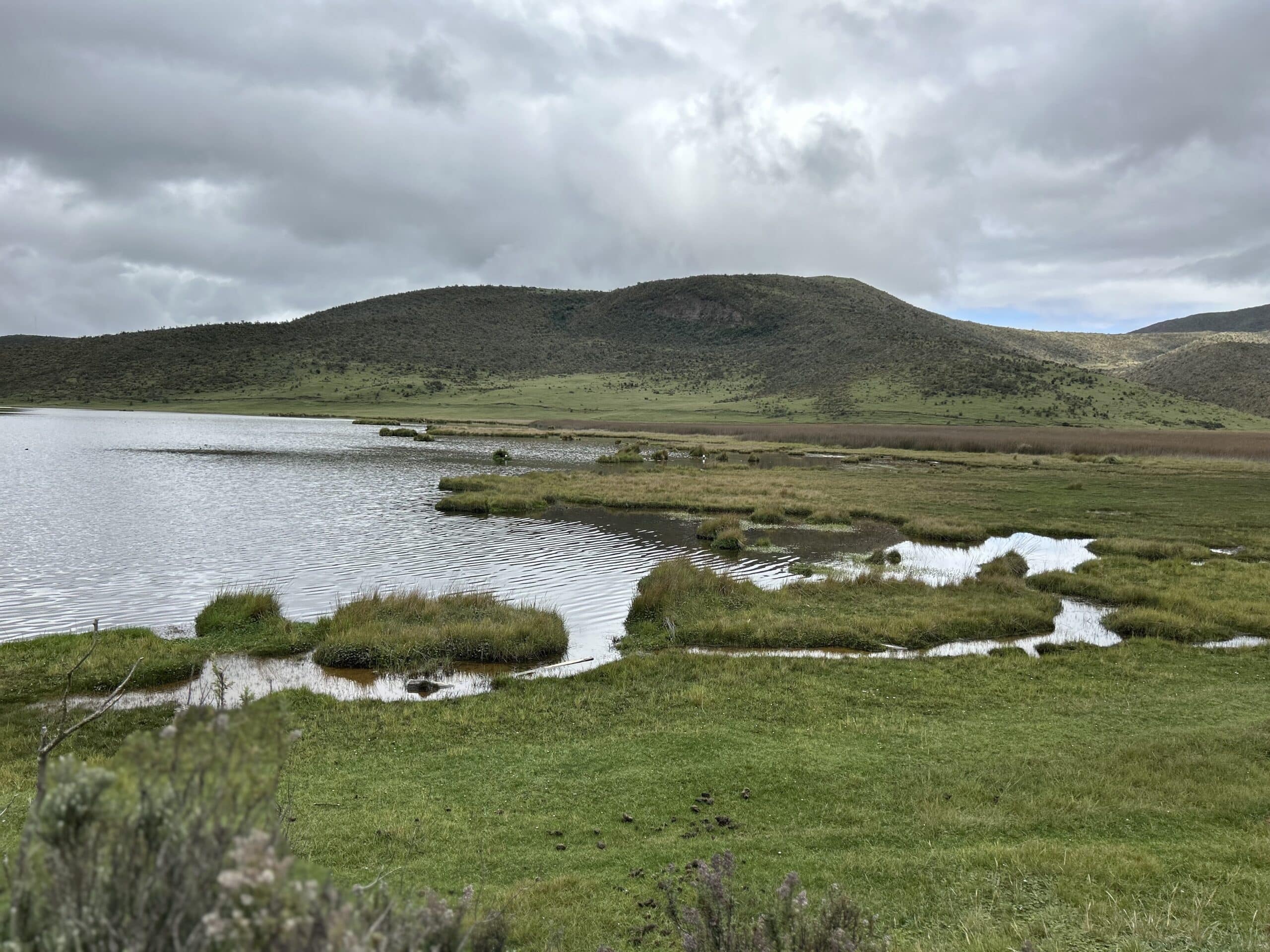
“I was of course disappointed because I couldn’t see the mountain because I’m a hiker. Had I been in better shape, I would have wanted to climb to the top, but it was beautiful. The lake that guides take you to is at 12,500 feet (3,800m), so you feel it, even after having been in Quito.
“But it was beautiful up there. There was hardly anybody up there, so that was nice. It’s not for everybody as the altitude affects everyone differently. I have friends who are very athletic and active and they have trouble with altitude.”
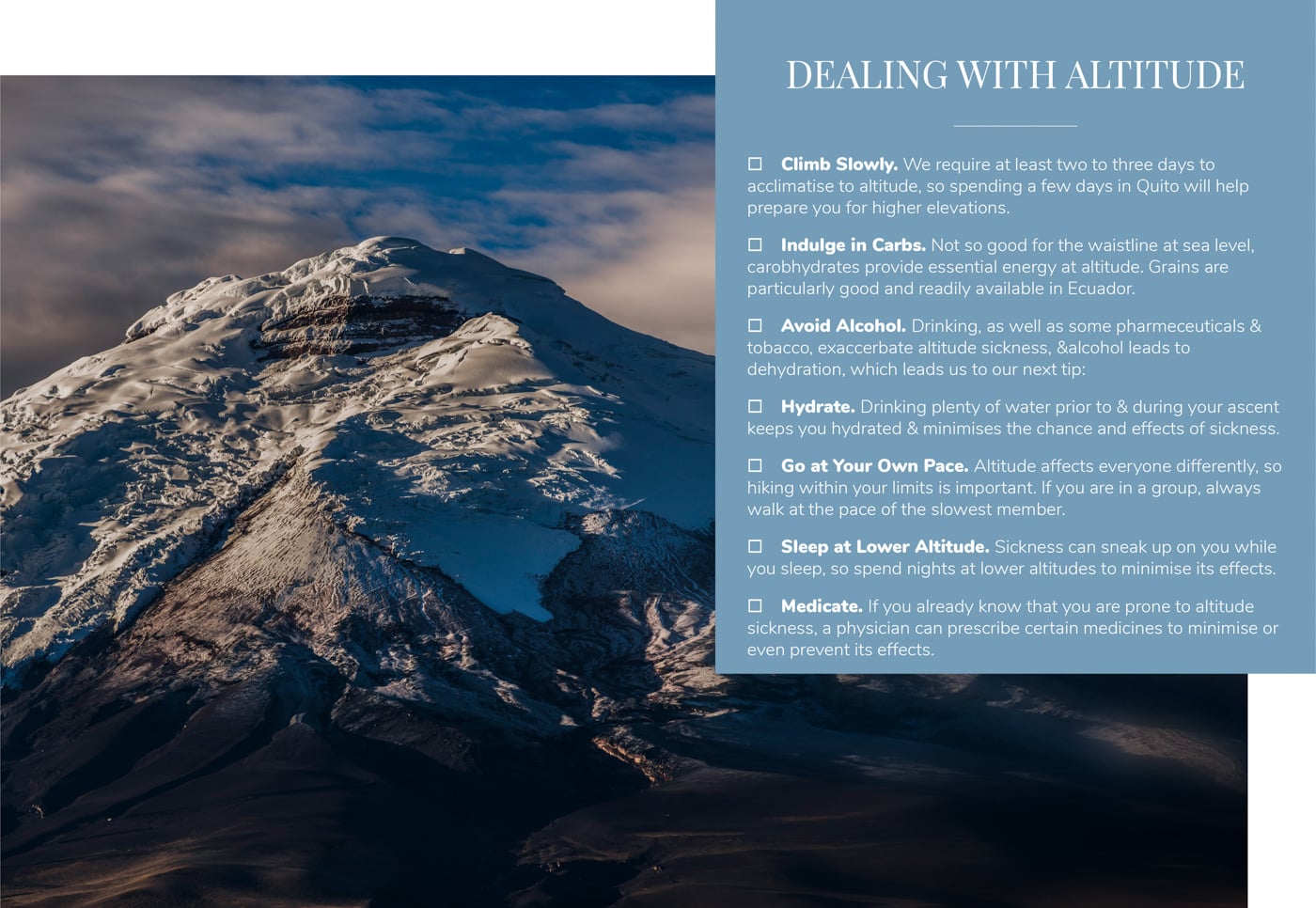
Facts: https://www.healthline.com/health/altitude-sickess-prevention
CHAPTER FIVE: The Galápagos
Departing the mainland, Aimee ventured to the main island of San Cristobal. Though not the most charming of islands, it is a welcome break from the altitude of the mainland and a small taster of the days to come.
Fur seals grace the beaches and a more temperate climate allows one to dip toes into warm ocean waters prior to boarding.
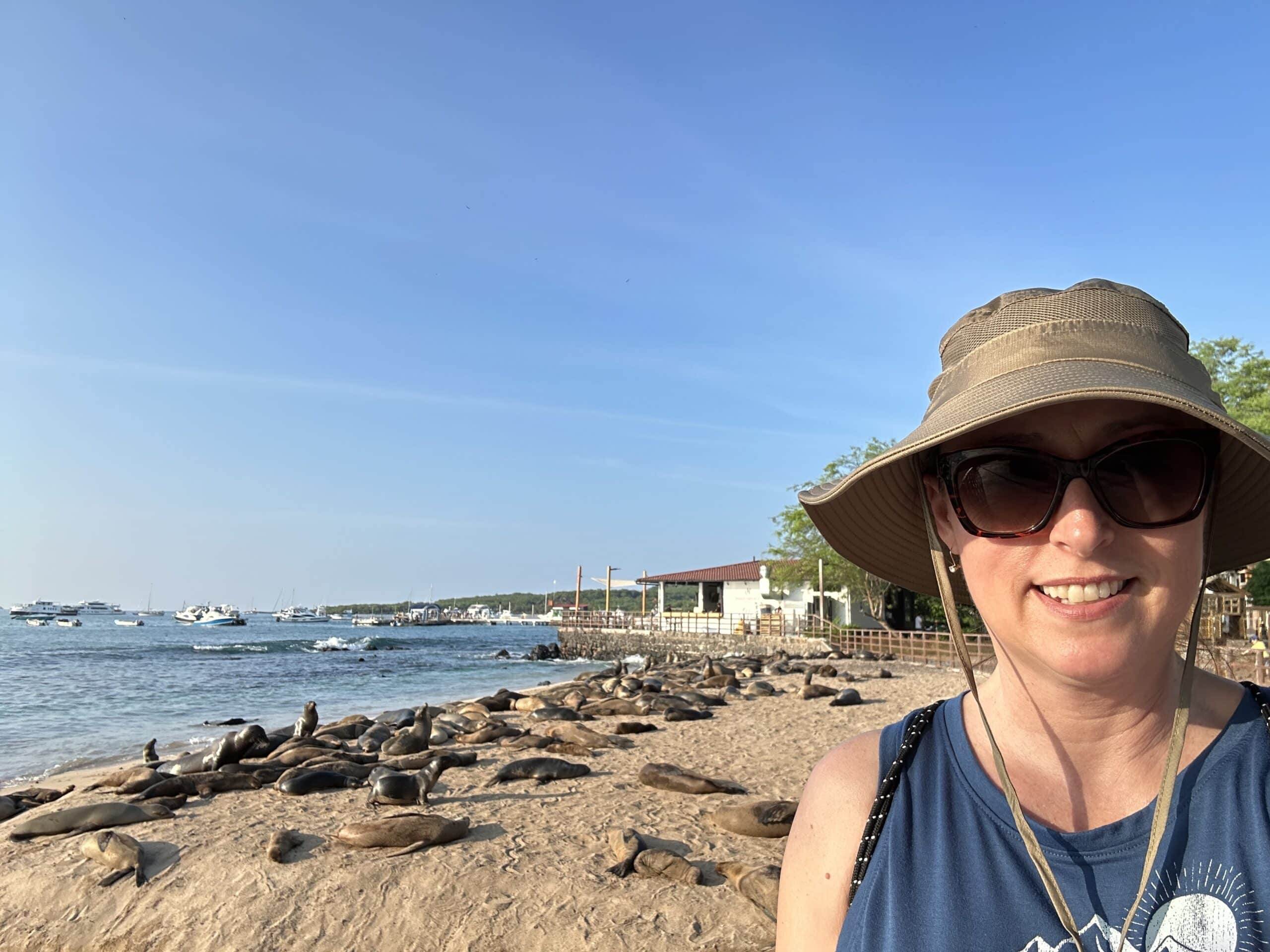
“Aside from all the seals on the beach everywhere, San Cristobal was a cute little village. It honestly reminded me of Catalina Island off the coast of Long Beach in California.”
Boarding the Elite Luxury Cruise – a deluxe catamaran of the Golden Galápagos fleet – Aimee’s journey then ventured into the wide, blue ocean, teeming with life and dotted with the numerous islands of the Galápagos archipelago.
Once aboard, Aimee experienced nothing short of luxury, from beautifully appointed ensuite cabins, each with their own balcony, to attentive staff, superb facilities and delicious, fine cuisine. While cruising between islands, but for the gentle rocking and subdued humming of the motor, she might imagine herself in the decadence of a premium land-borne hotel.
Contrary to popular belief, nature isn’t prevalent throughout the island chain. Though life is abundant wherever one may travel, each island has its own specialty. On one, blue-footed boobies may be present, another may be renowned for its marine iguanas, while at a third, visited by Aimee, there might be a sanctuary for the endemic giant tortoises. Feeling somewhat voyeuristic, she was fortunate to be privy to the next generation of tortoises being created.
“I wasn’t able to see the penguins or the cormorant because they were on a completely different island – I didn’t even realise that.
“I would say for the three-day cruise I did, I felt like I was kind of on the edge of it,” recalls Aimee of her magical though abbreviated cruise. “I was brought to the locations that were recommended or part of their excursions [but] I felt that maybe with a five- or seven-day cruise you would really feel like you could get in there a little bit more.”
The ocean is another story.
Snorkelling and diving are restricted to certain areas, but submerging beneath the surface, one can observe countless fish, sharks, turtles and the playful and inquisitive sea lions found in abundance throughout the archipelago.
Without significant predators, and with mankind posing no threat in this UNESCO sanctuary, wildlife goes about its daily business, paying no heed to its human visitors. Iguanas bask on rocks without so much as a cursory glance at their intrigued onlookers and walking across certain designated islands, one will be halted in their tracks as a tortoise lethargically wanders across the path.
“One thing that the guide said to us in the very beginning was the animals are going to be everywhere around you. You’ll be walking down a path, they’re going to cross right in front of you. You’re not allowed to touch anything; you can observe, you can get up close, you can take pictures, you can stare at a bird. The blue-footed boobies were just standing on the rock looking at us.”
Even the sea lions made themselves uncommonly comfortable on the rear dive deck of Aimee’s vessel and dives were akin to swimming through a flourishing aquarium, nature disregarding the bizarre neoprene-clad creatures floating on the surface.
Another surprise can be the climate. Also situated on the equator, the sun rises early and remains at its zenith throughout the day. This leads to consistent temperatures throughout the year, but also increased humidity, as Aimee shares:
“It was very humid, about 80-90 percent humidity all the time, so it’s warm. It doesn’t really change temperature. They said it pretty much stays the same all year round.”
Ecuador and the Galápagos comprise a superb compilation of experiences. An expertly-crafted itinerary will incorporate the history of Quito, the majesty of Cocopaxi, the wonder of the Amazon and the magic of the Galápagos, blending culture and nature in equal proportions. For Aimee, the time spent in these two fascinating destinations wasn’t enough. While an extended Galápagos cruise would have been preferable, her South American adventure gave her the lasting impression of wishing to discover more beyond Ecuador, venturing onwards to explore Peru, Argentina and Chile. As much as Aimee’s itinerary was fulfilling, it was a tantalising glimpse into the ancient cultures and breathtaking and varied landscapes of the continent, bringing with it a yearning to explore more.
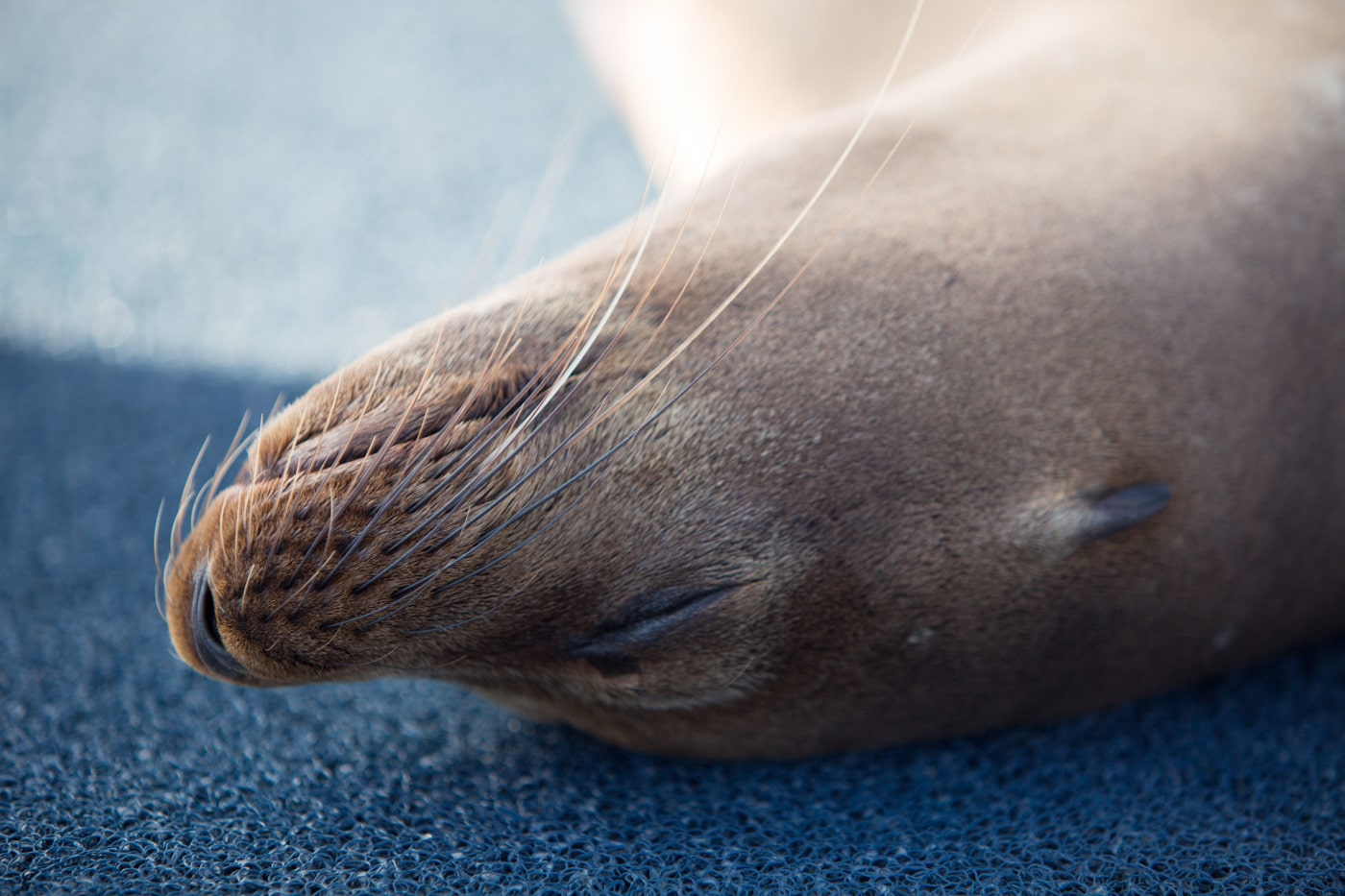
“I think my trip was great for a combination of an itinerary to include it with Peru if you have the time because you really would need at least two weeks to do all that. I would definitely go back, though not necessarily to the same places. I think I had a great opportunity to see a lot of different things and what the country has to offer, but there are areas that I didn’t get a chance to explore that I would definitely go back for.”
So perhaps Ecuador is a gateway after all, not only to the Galápagos – and certainly worthy of its own explorations – but to the entire continent, plunging you into the Andes, introducing you to Incan and Hispanic cultures, and opening a region of the world that has remained almost unchanged for hundreds, even thousands of years.
Talk to our travel designers about crafting your dream South American adventure.

